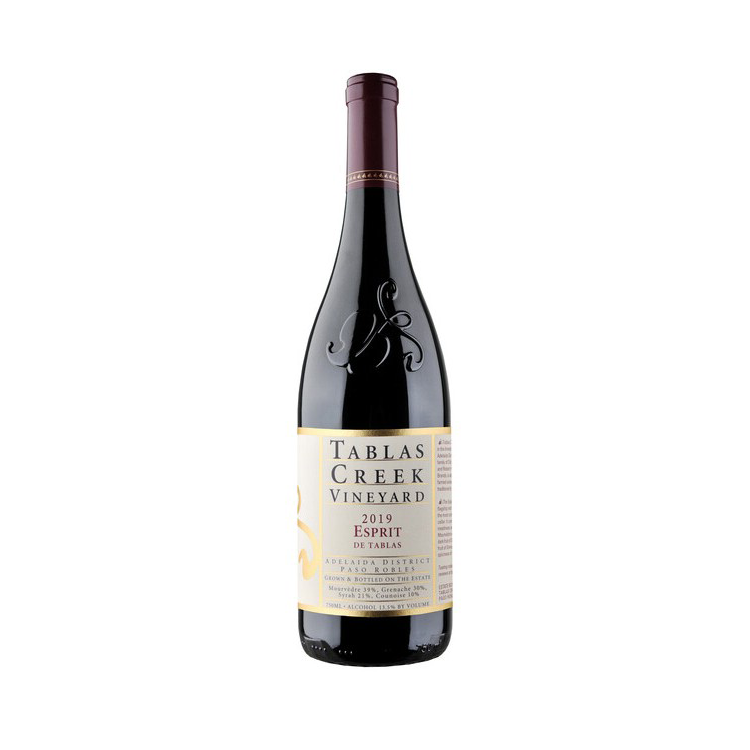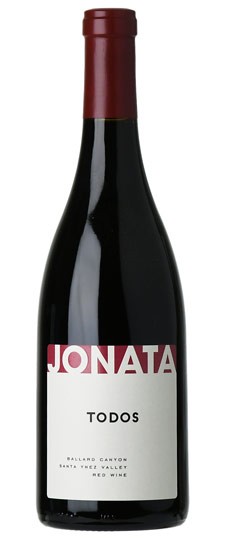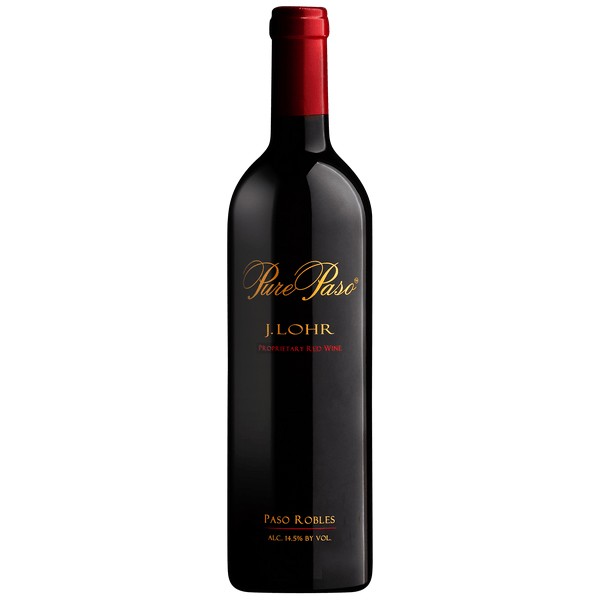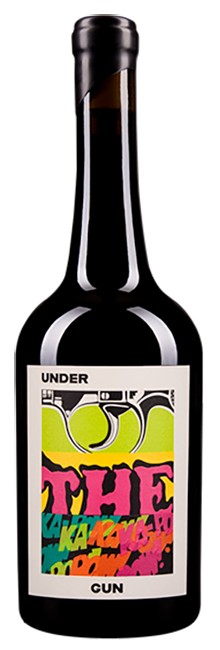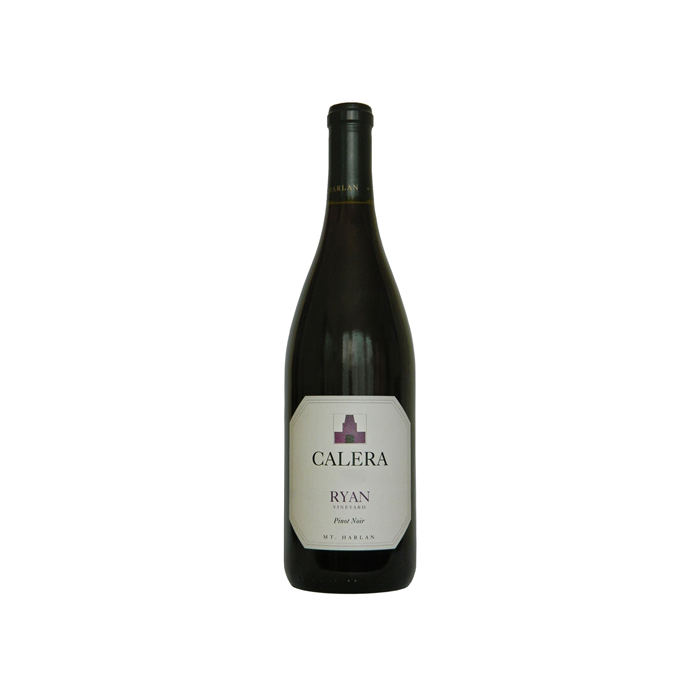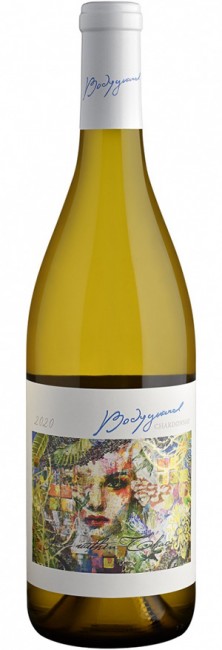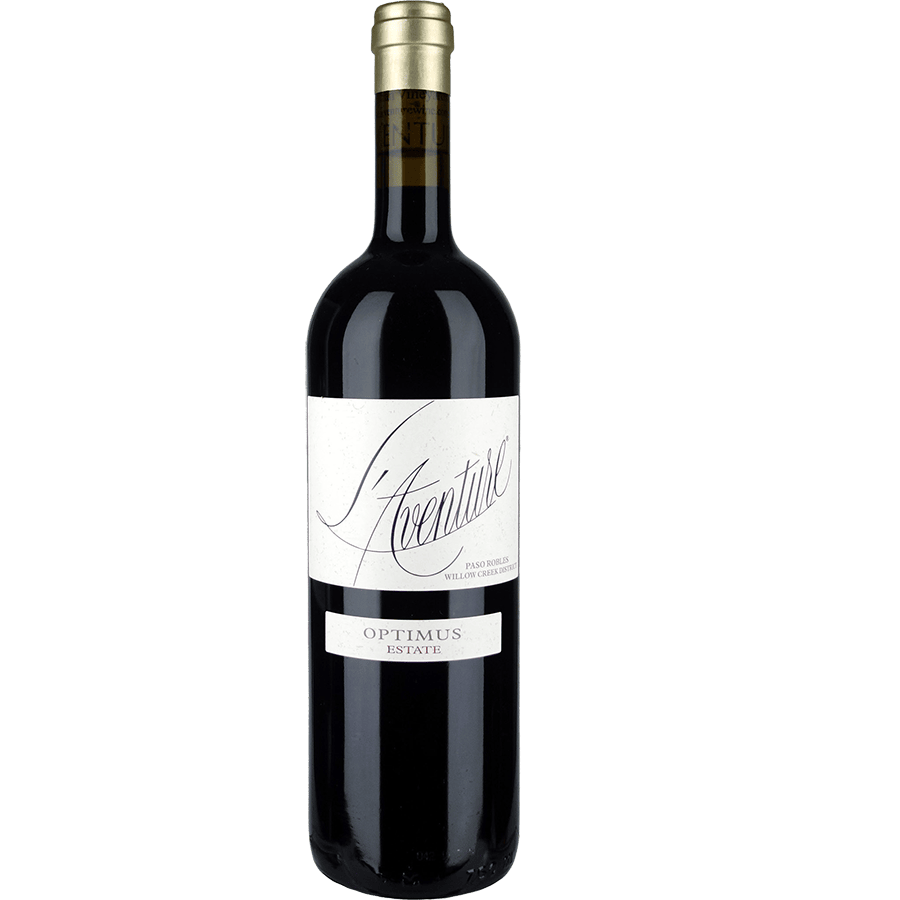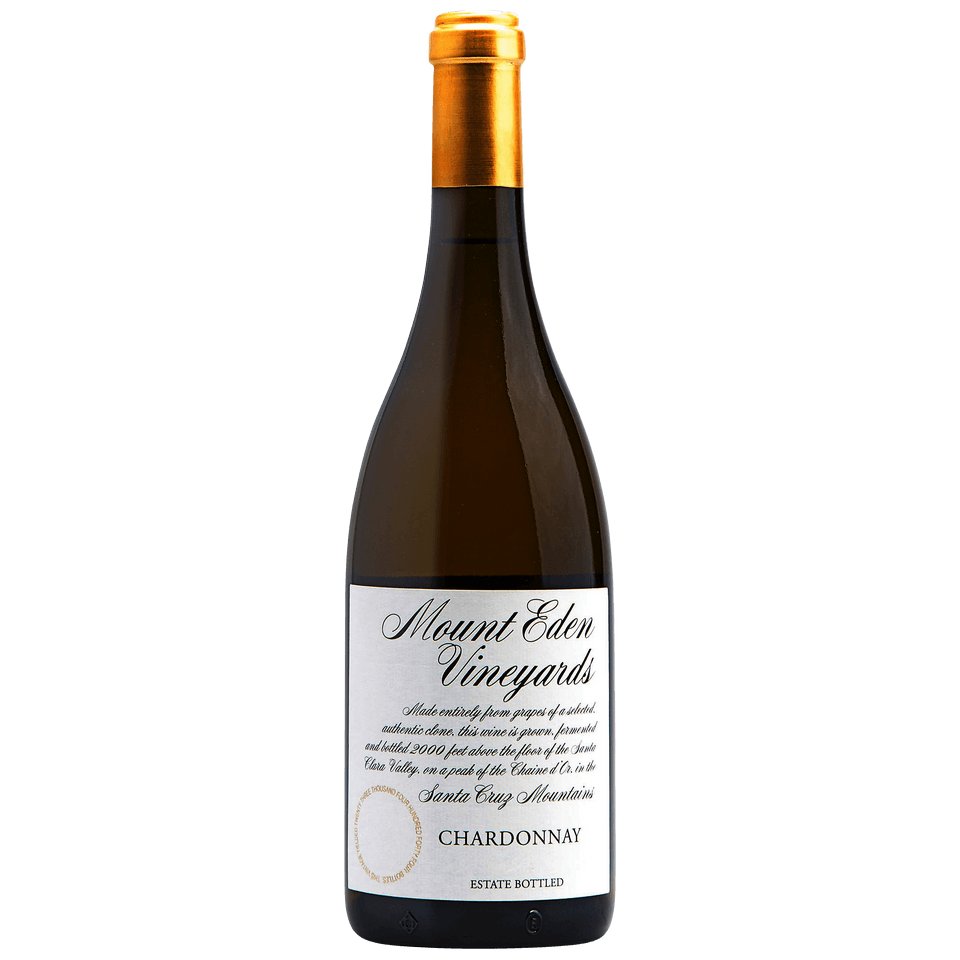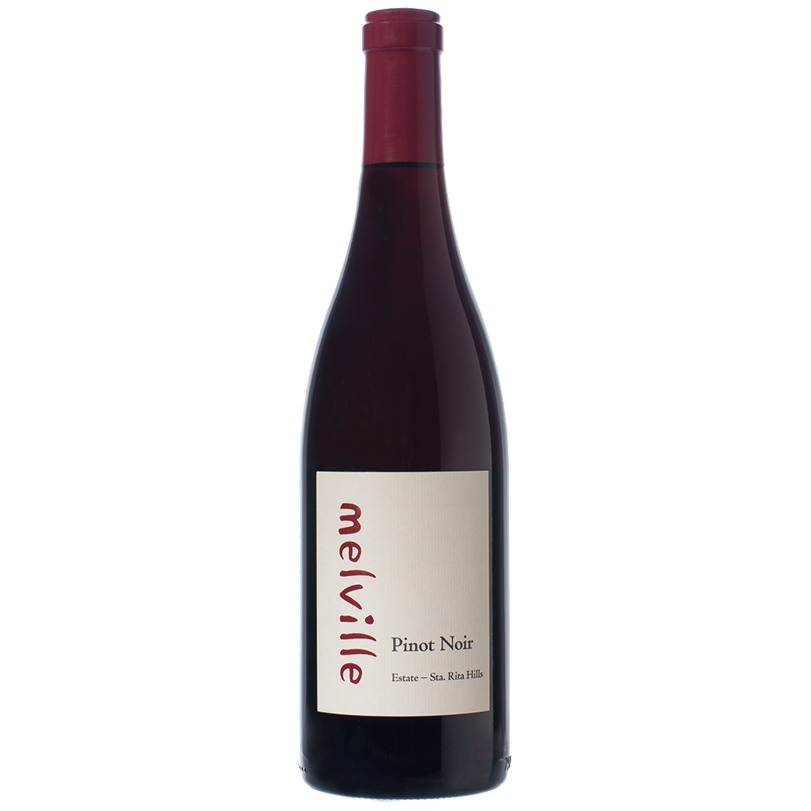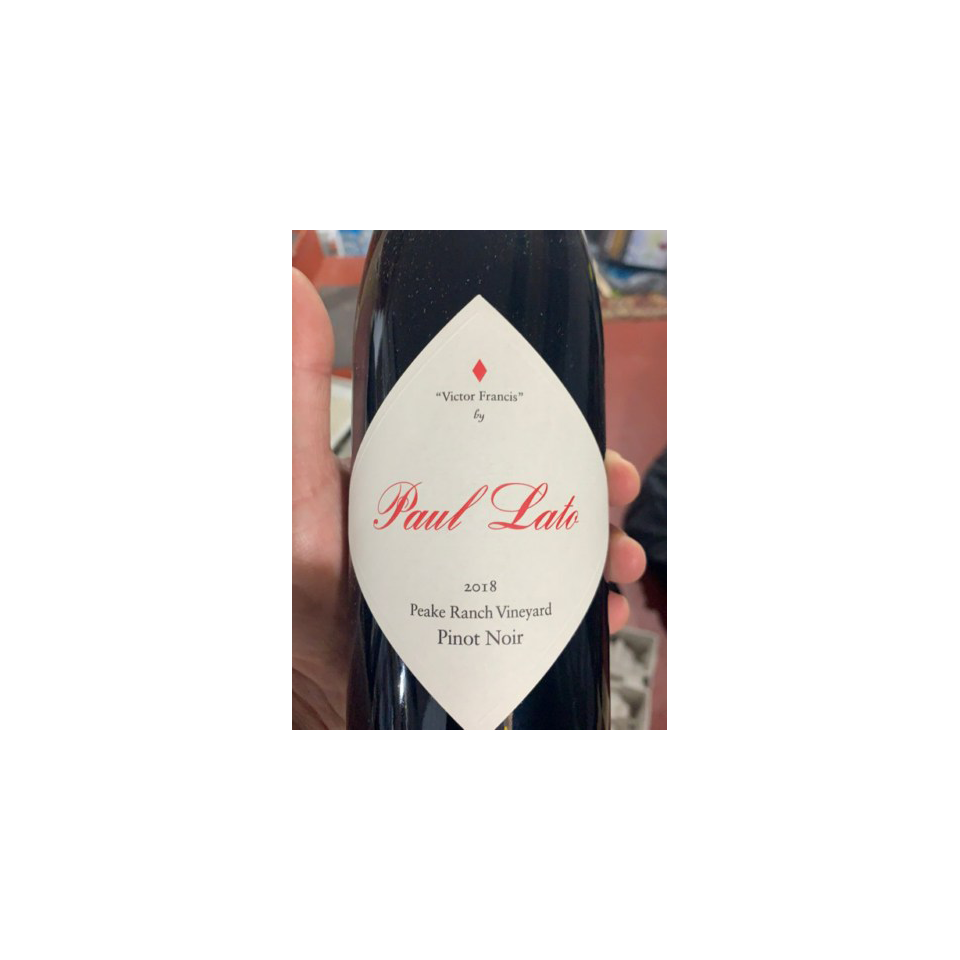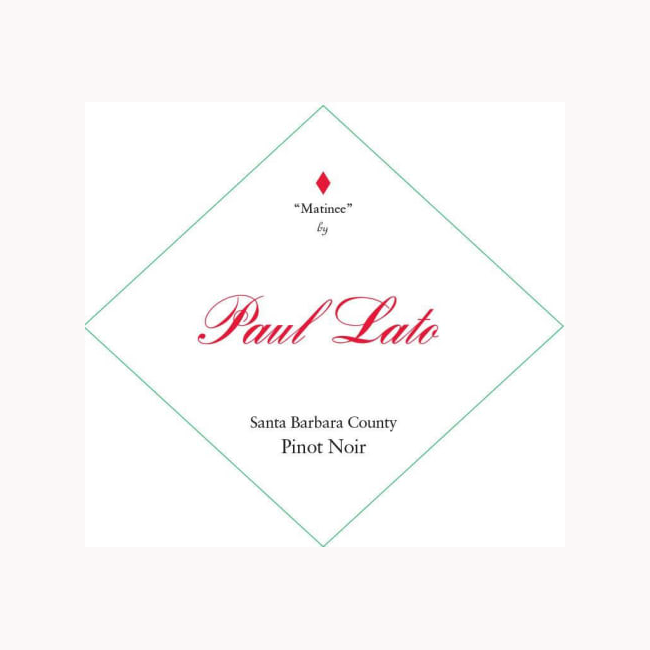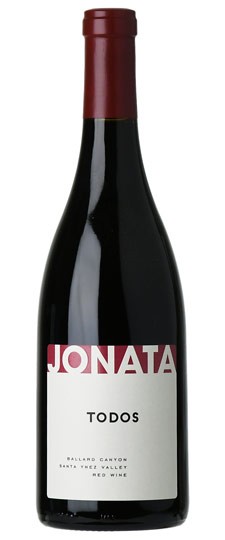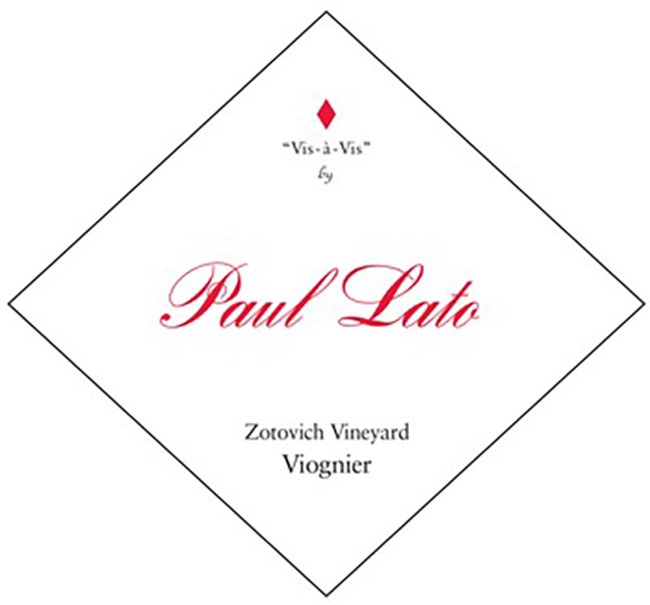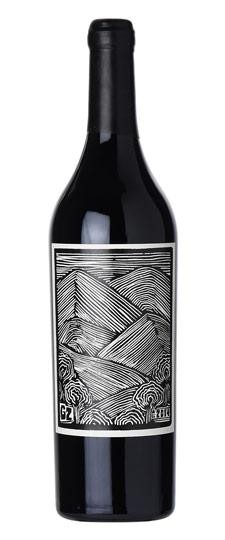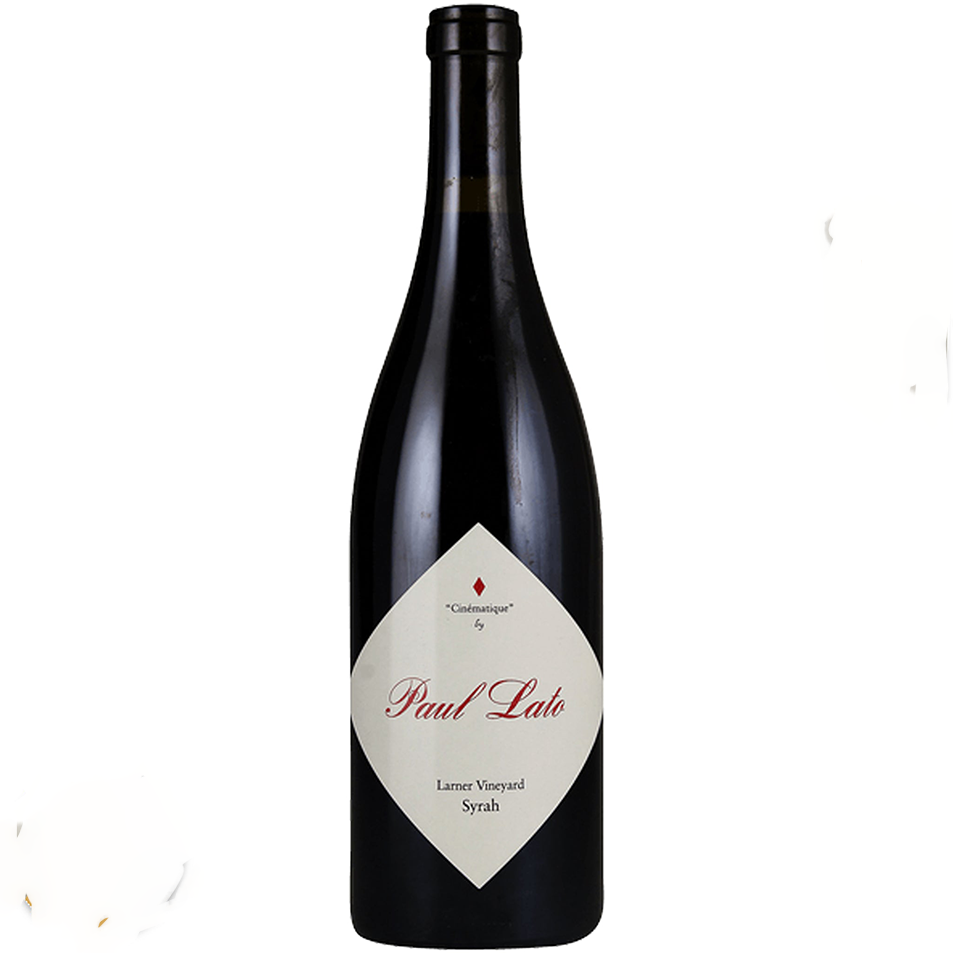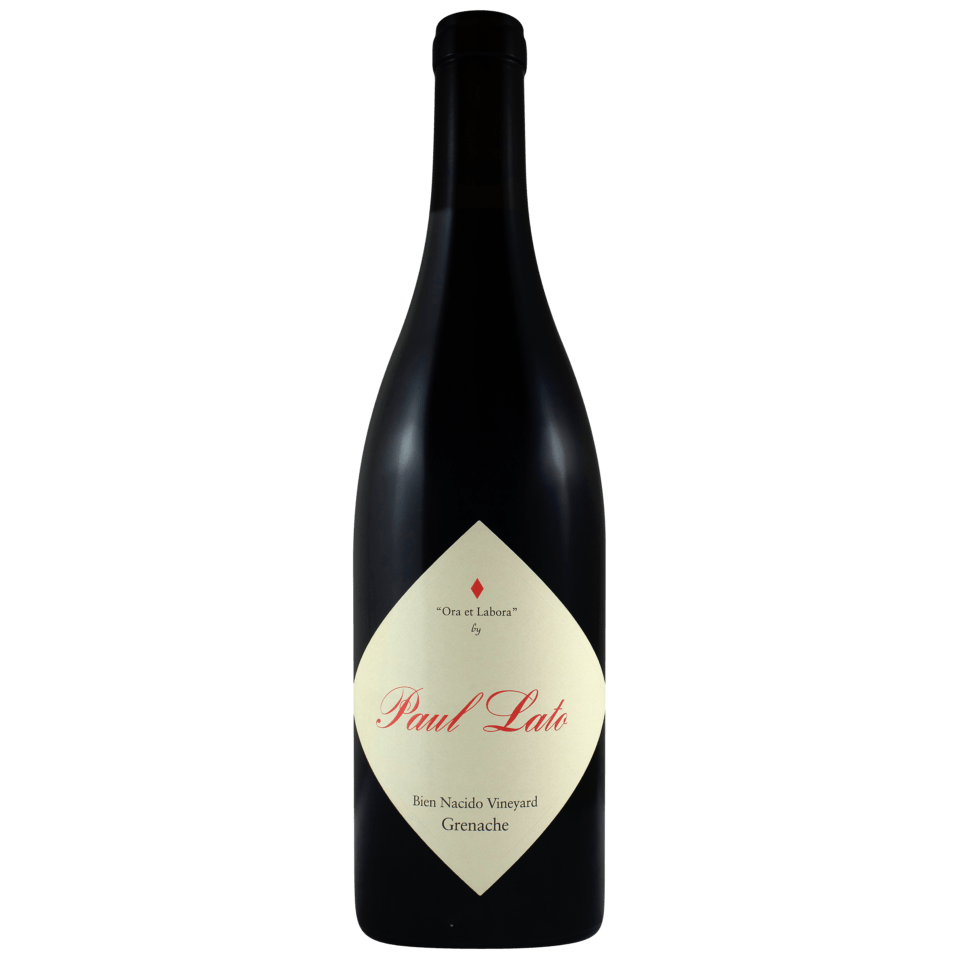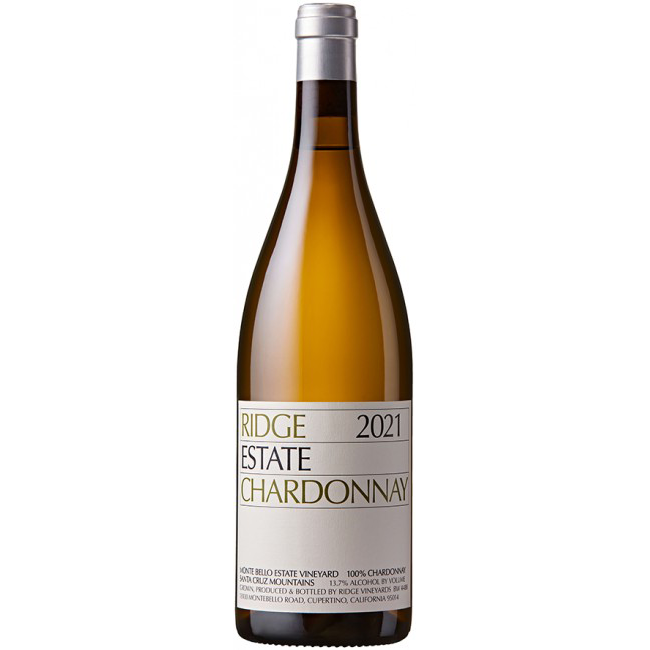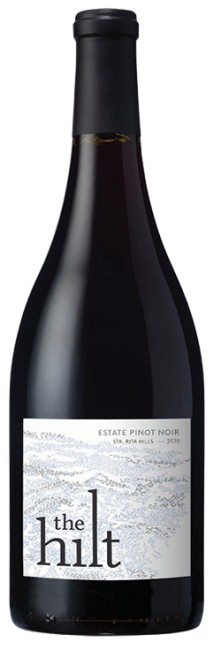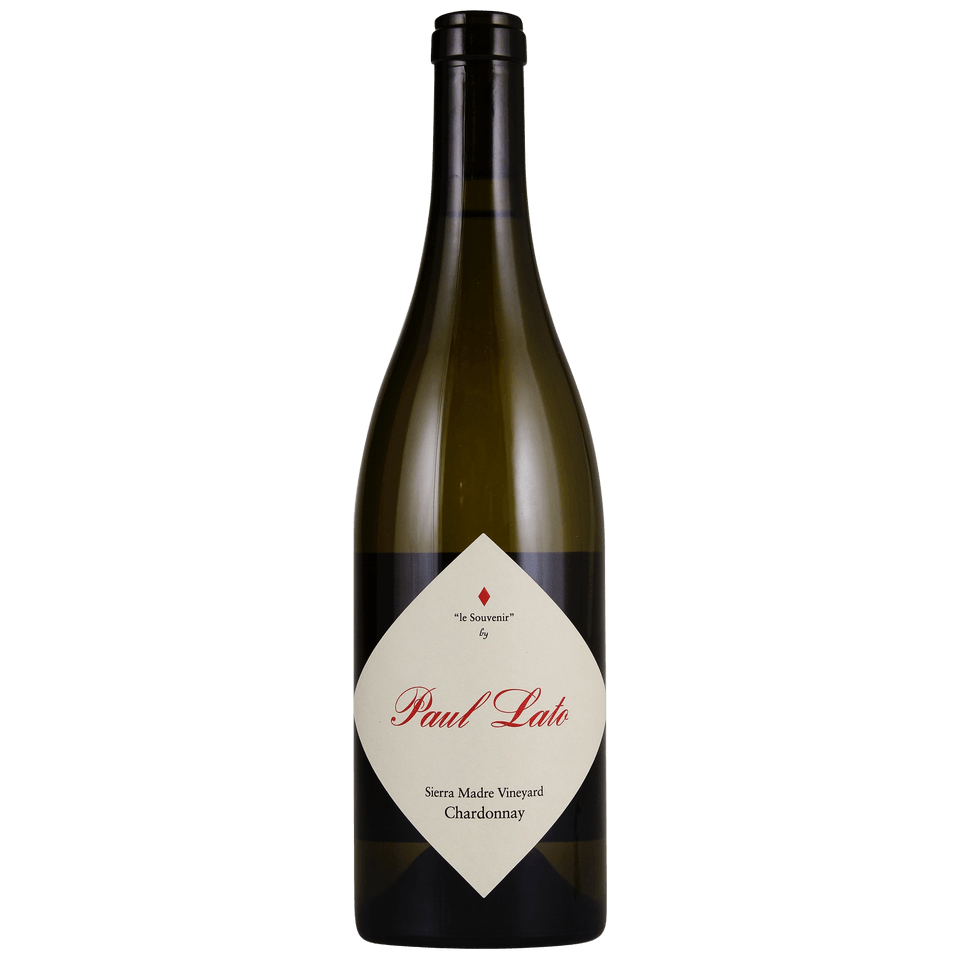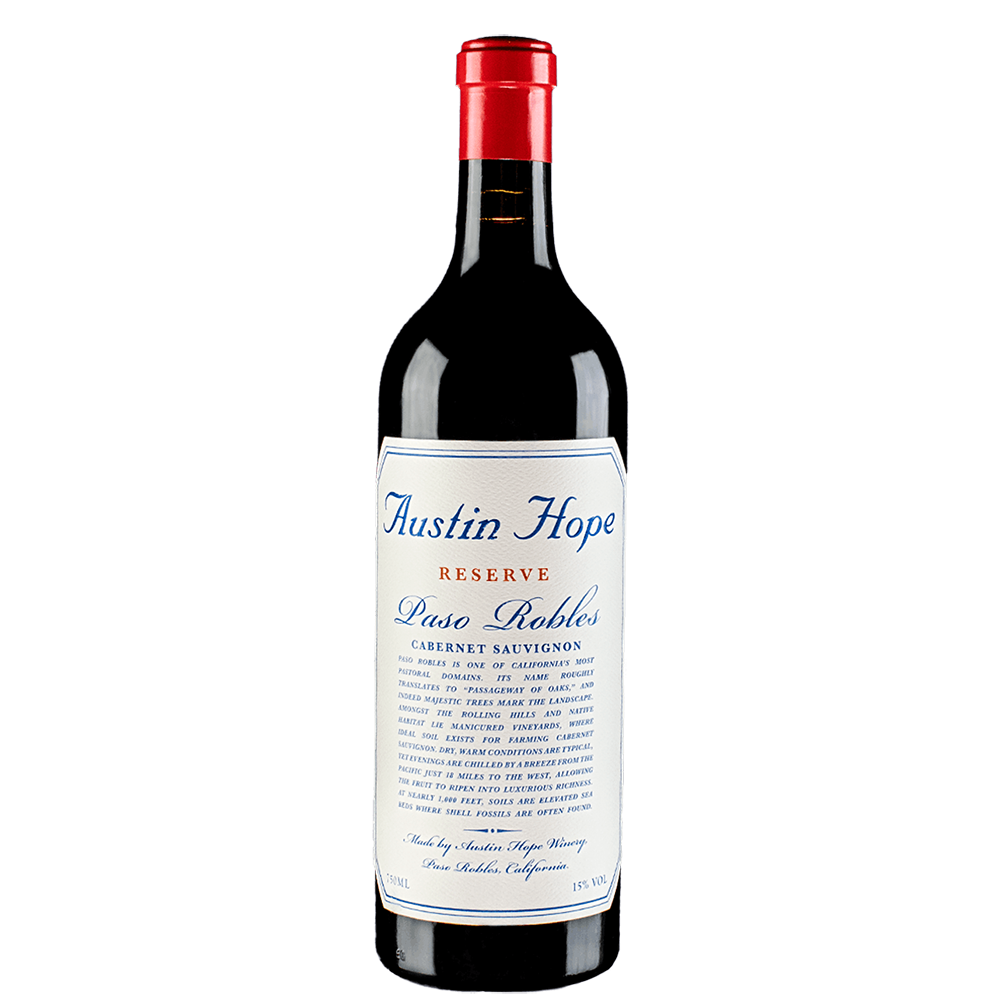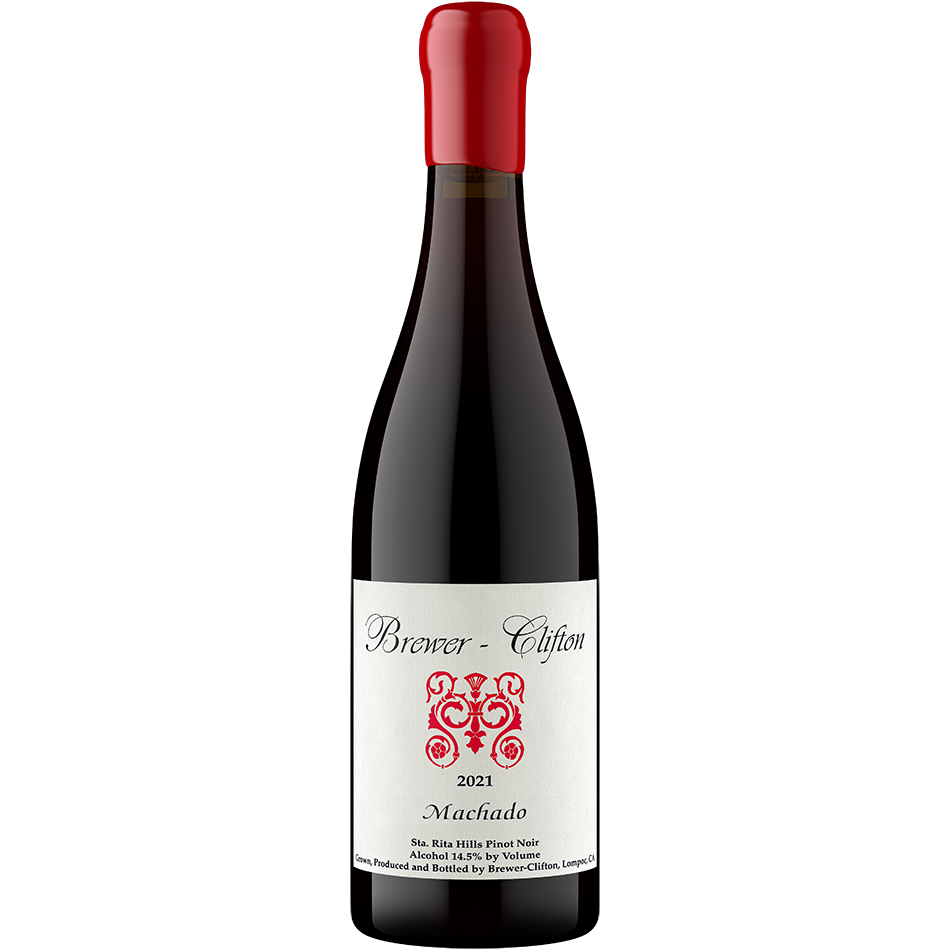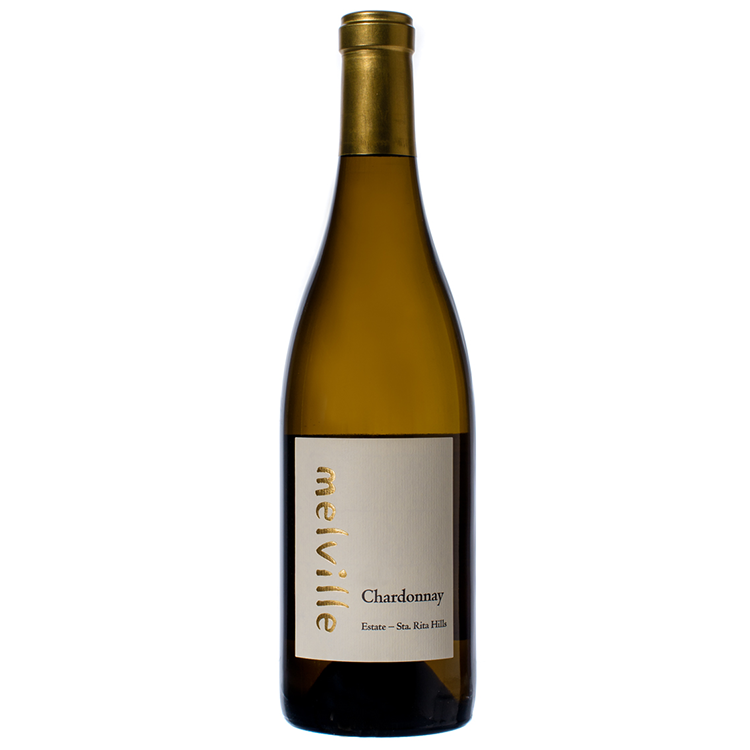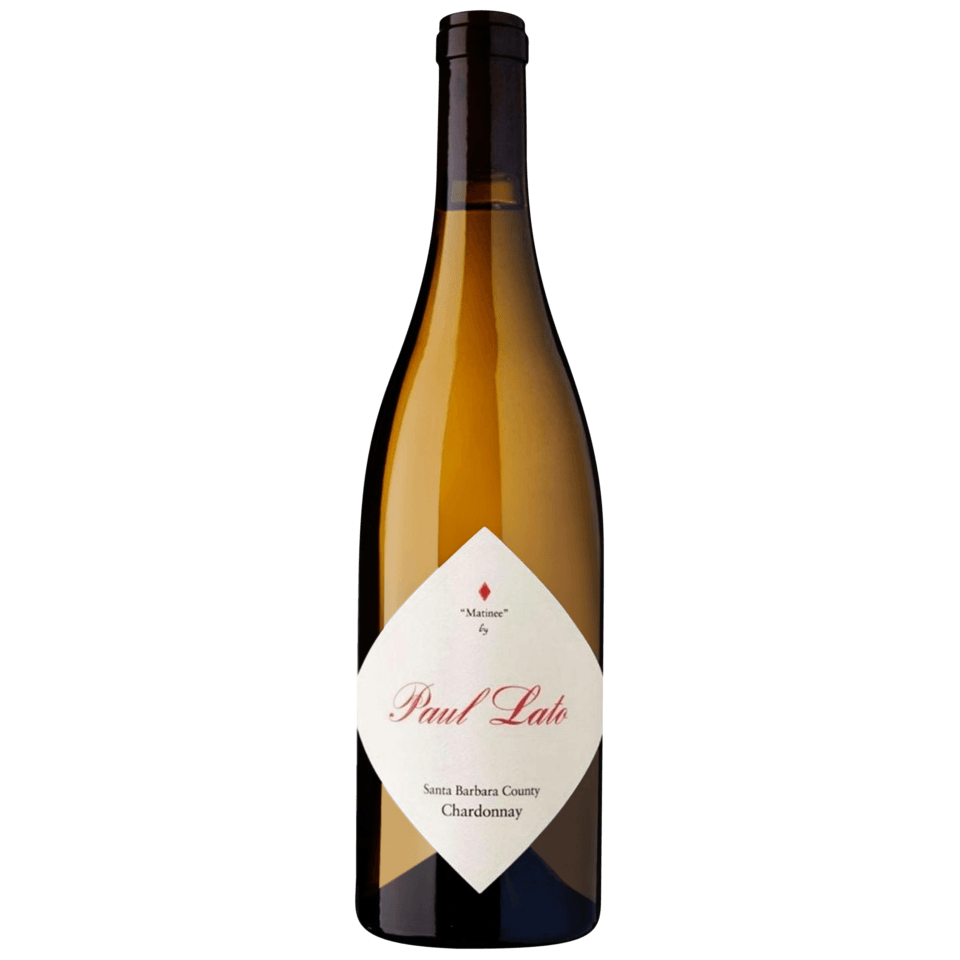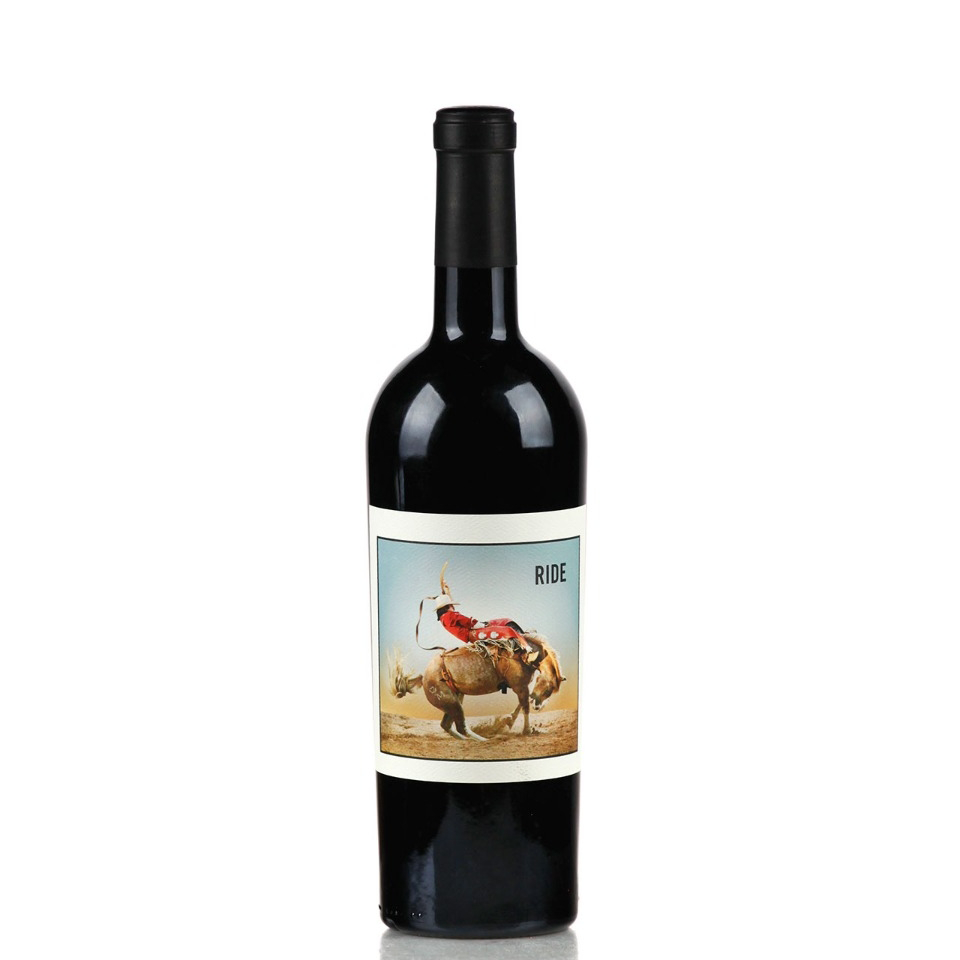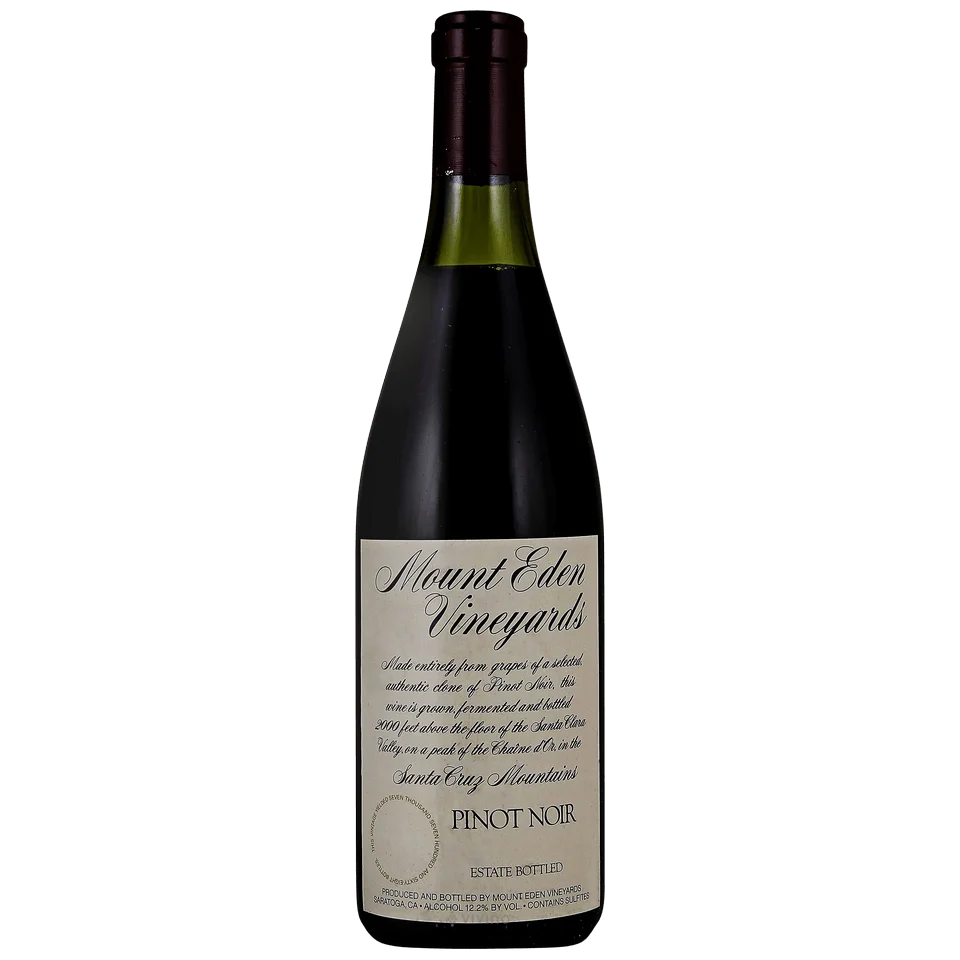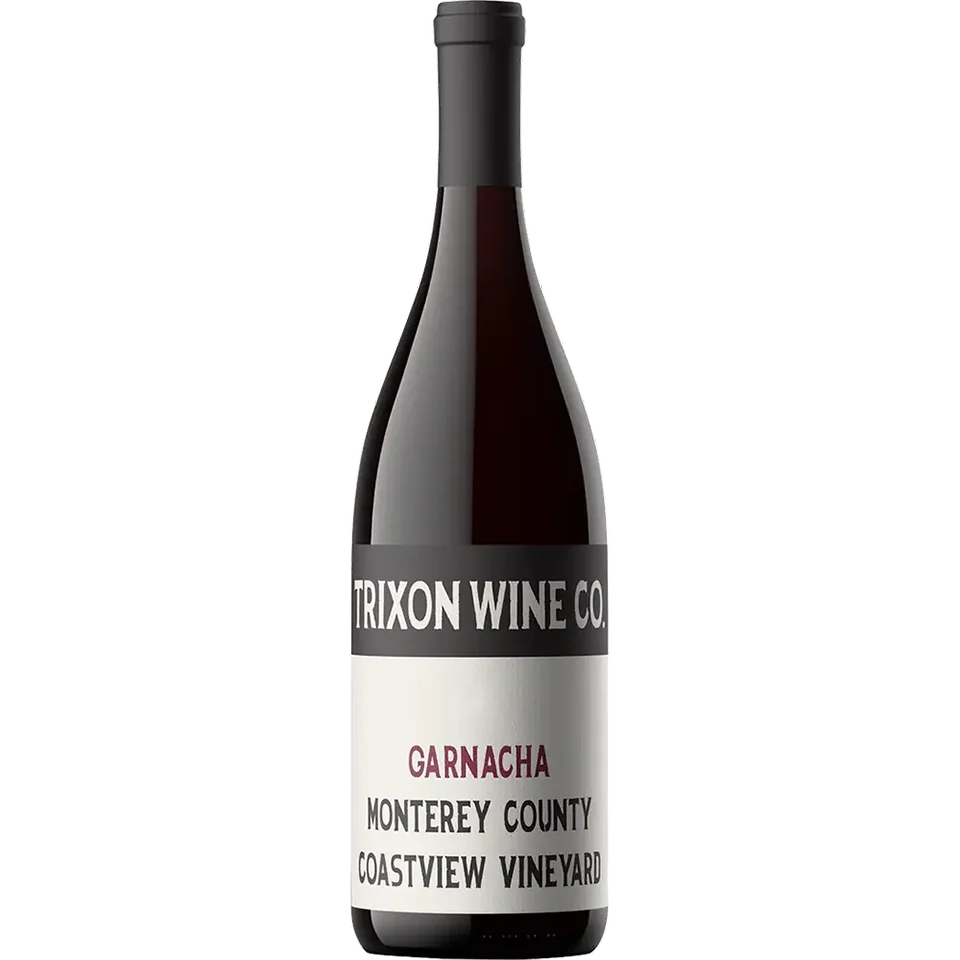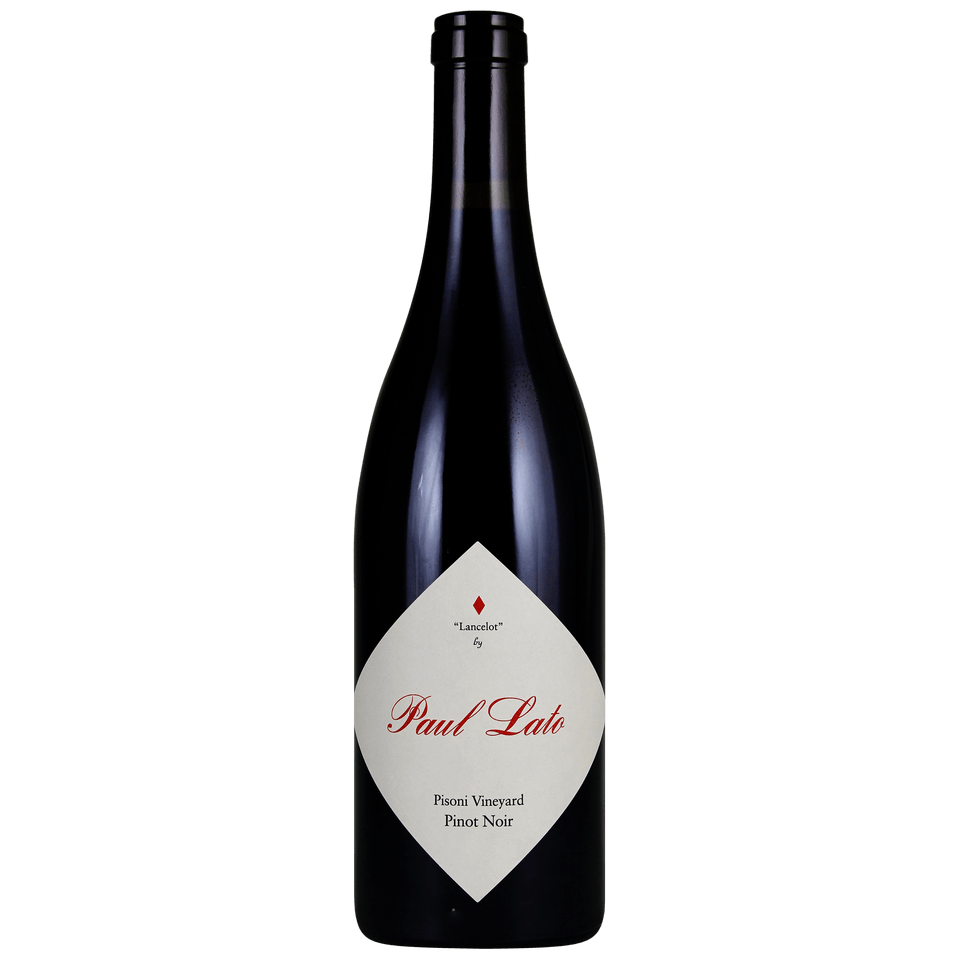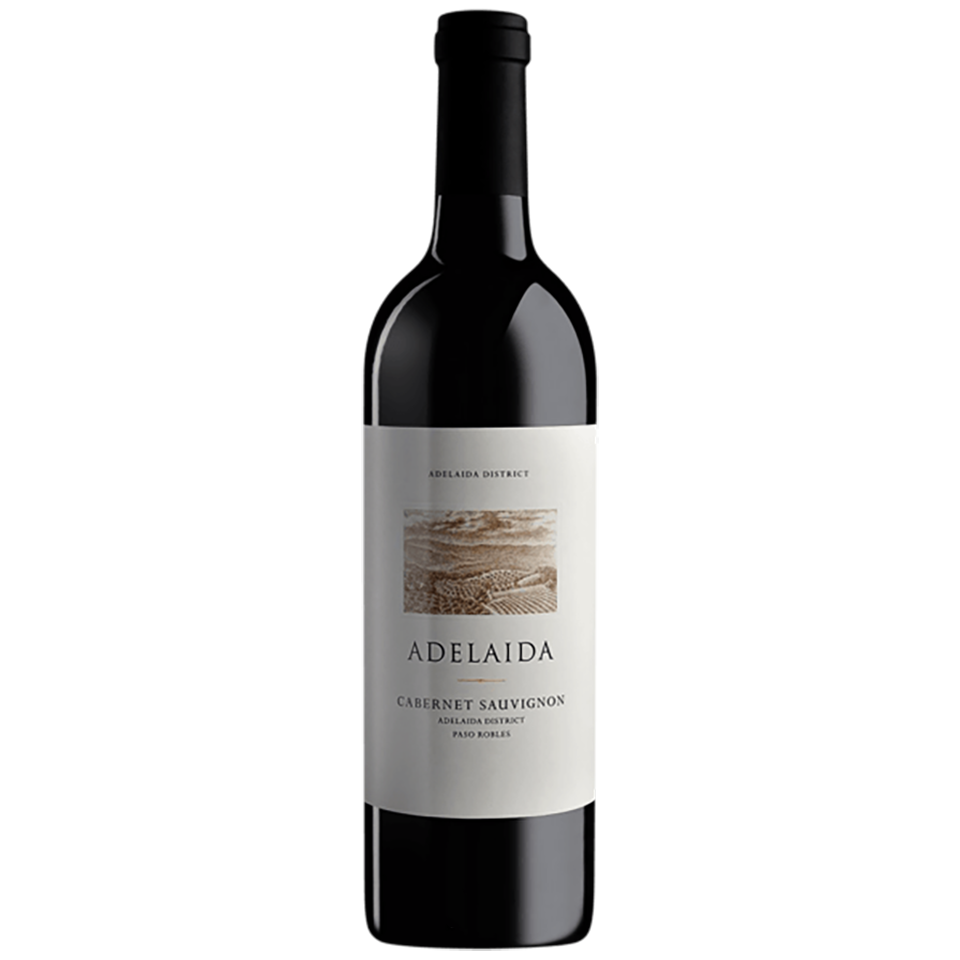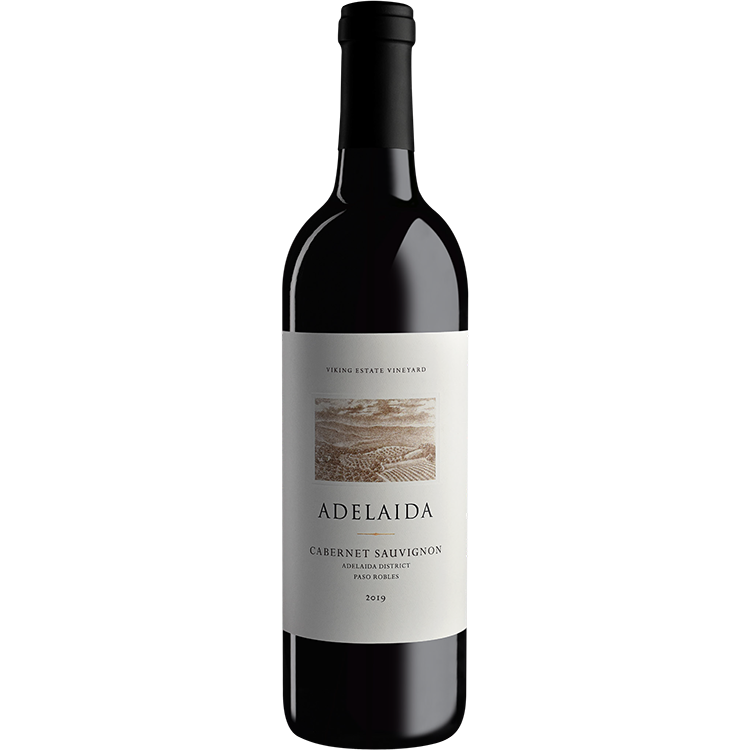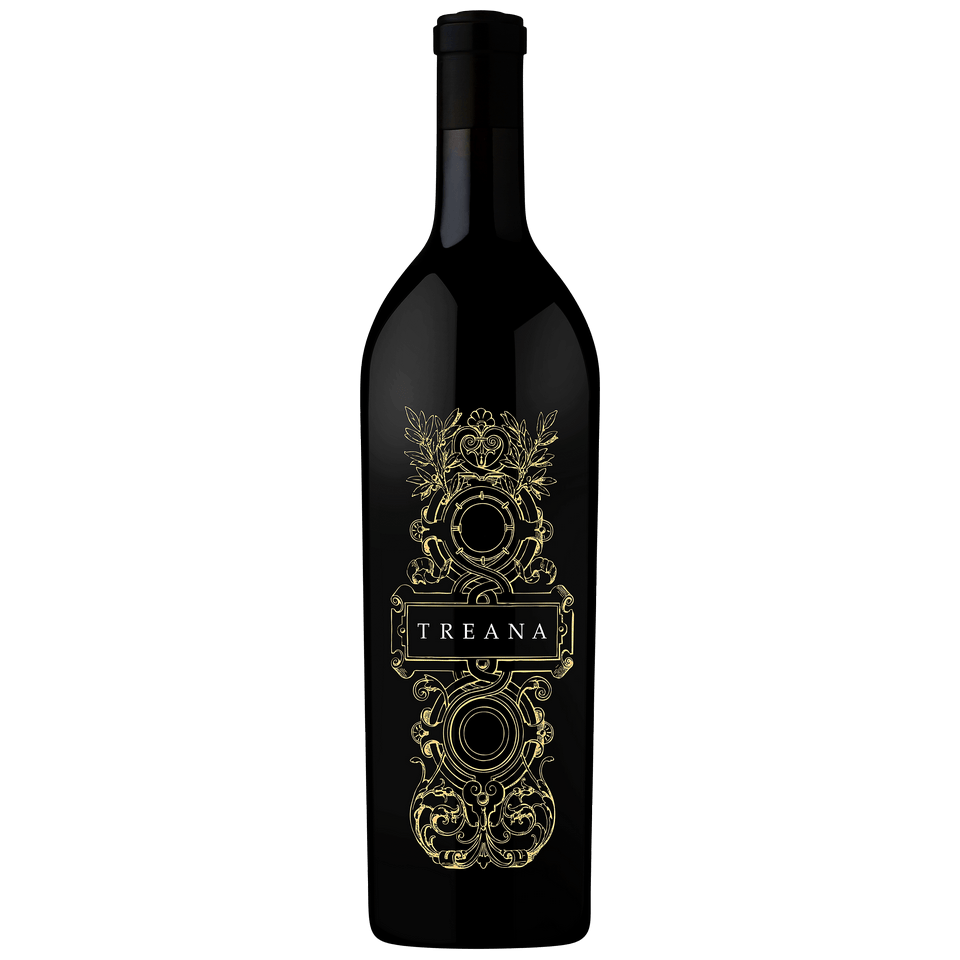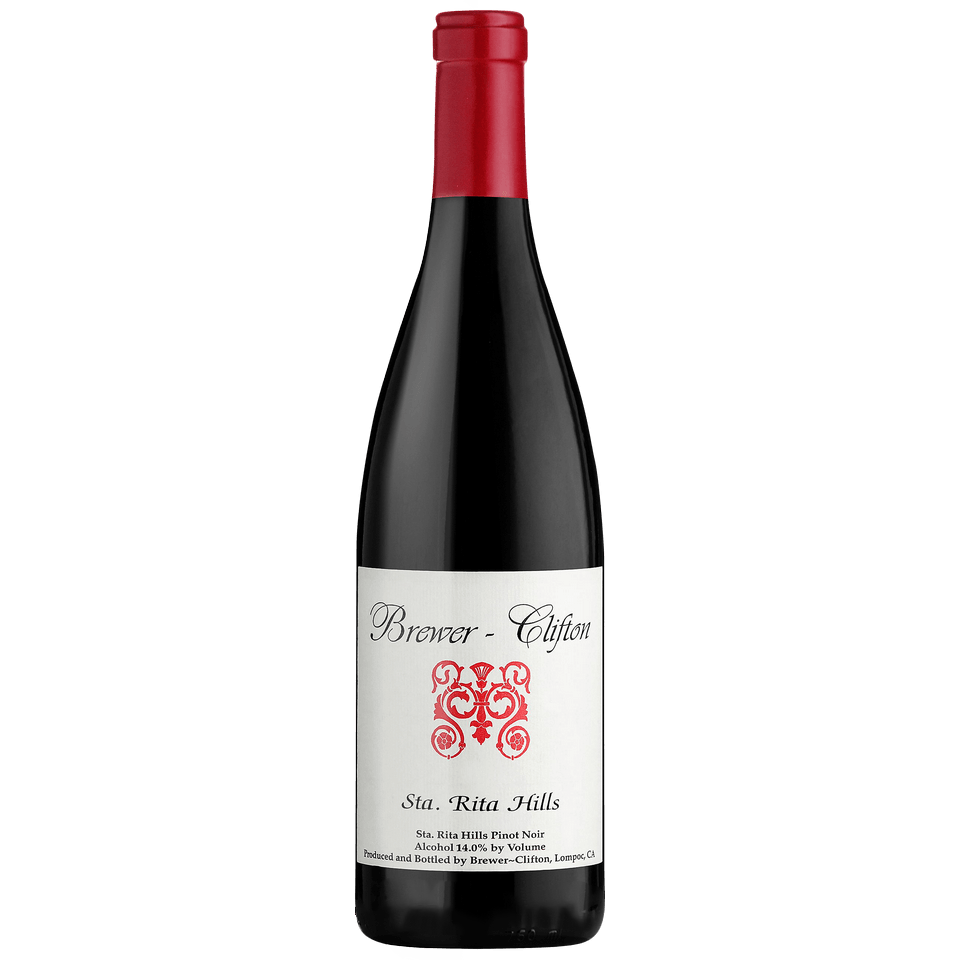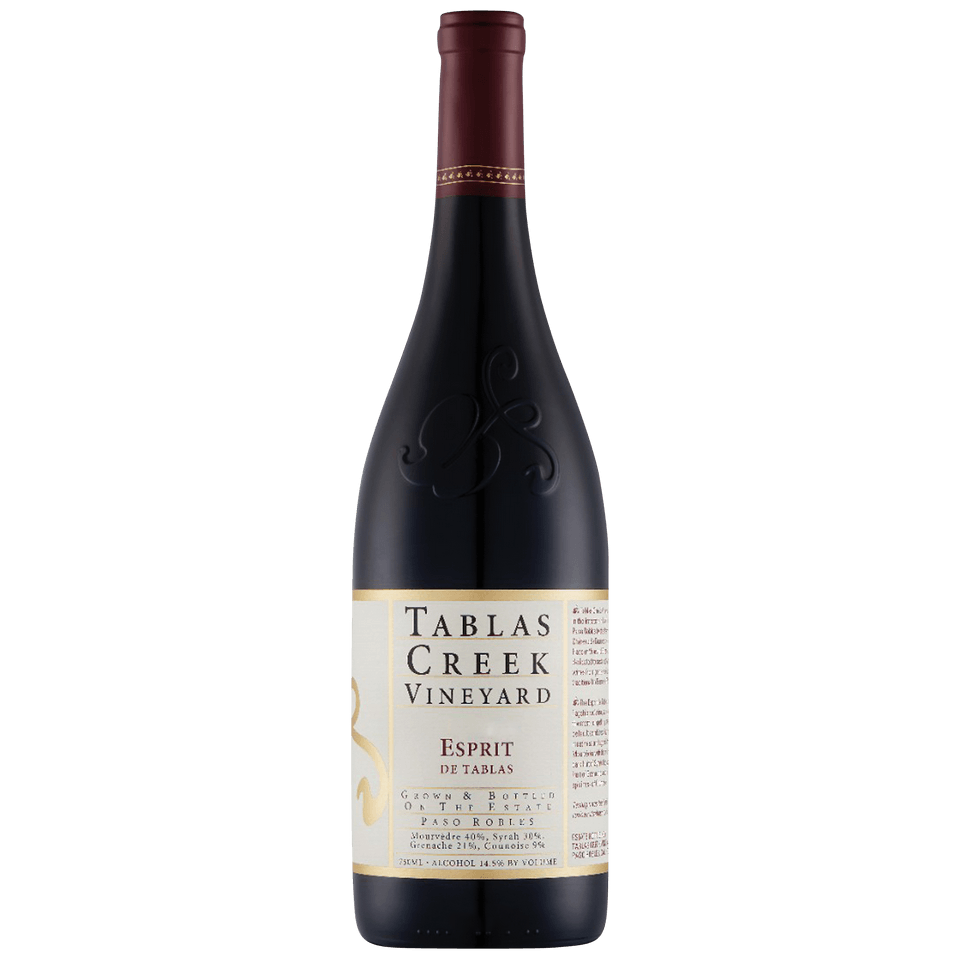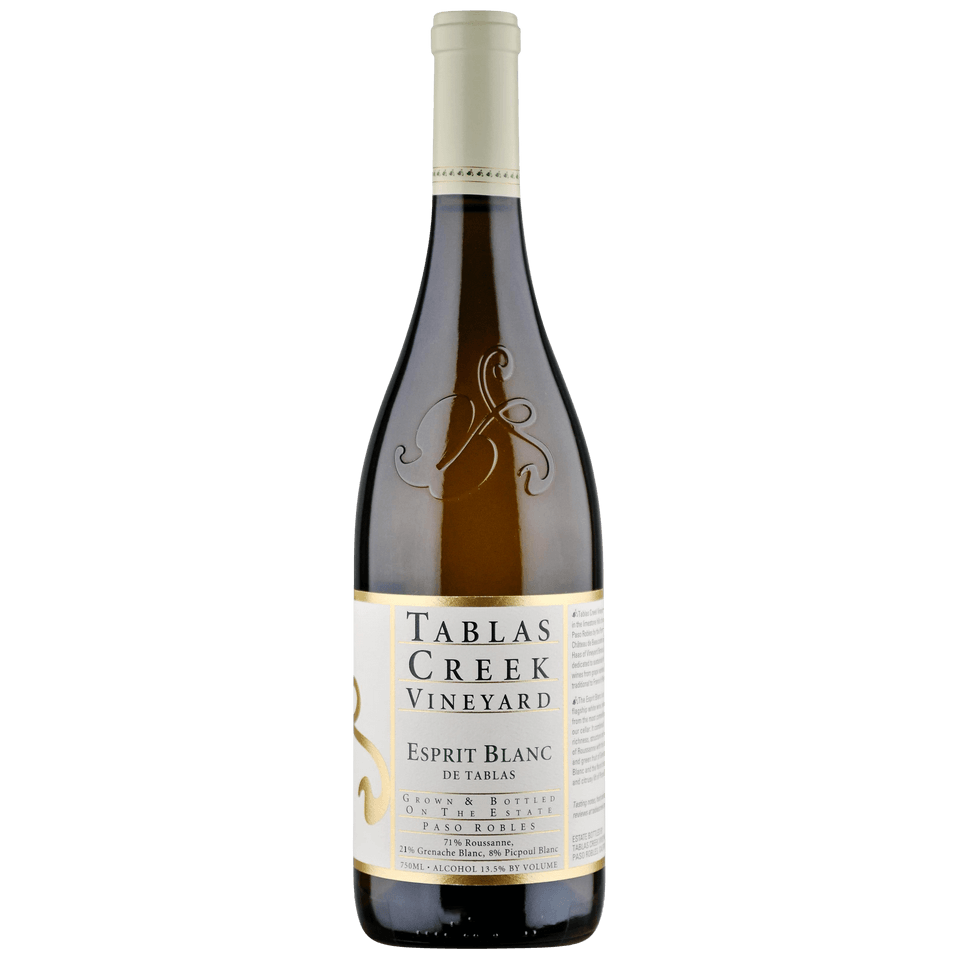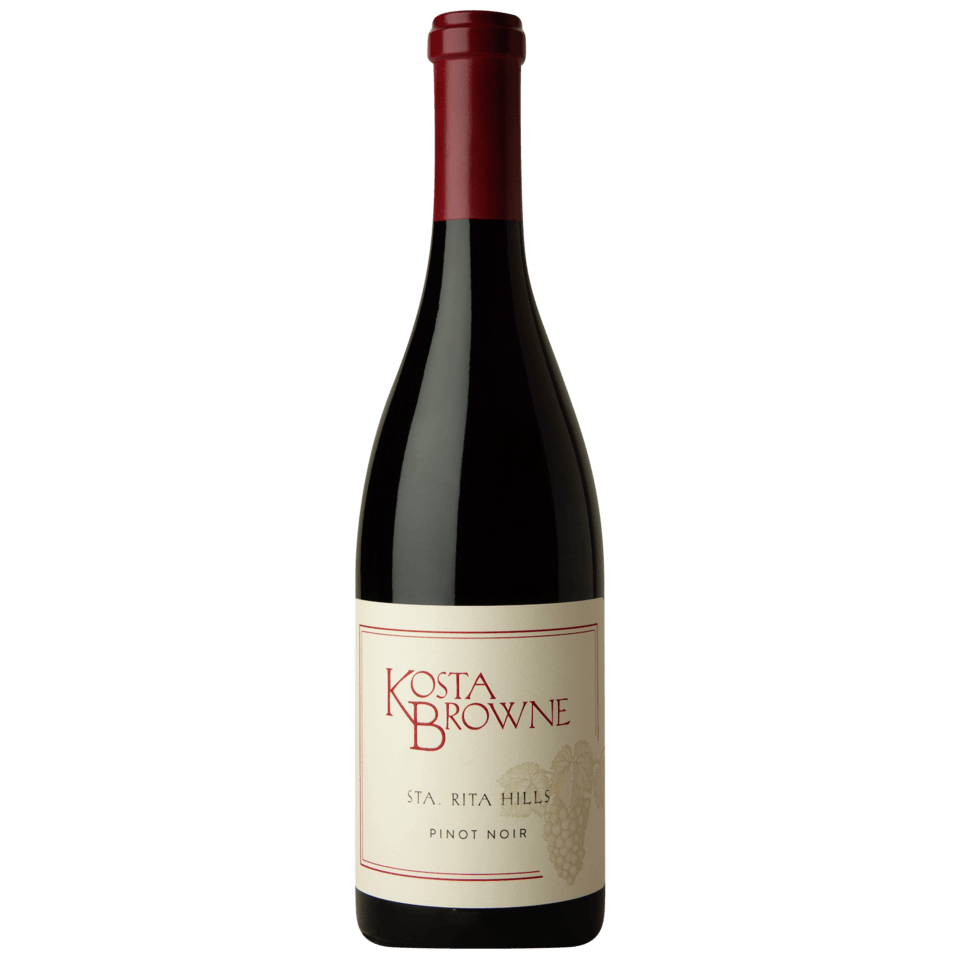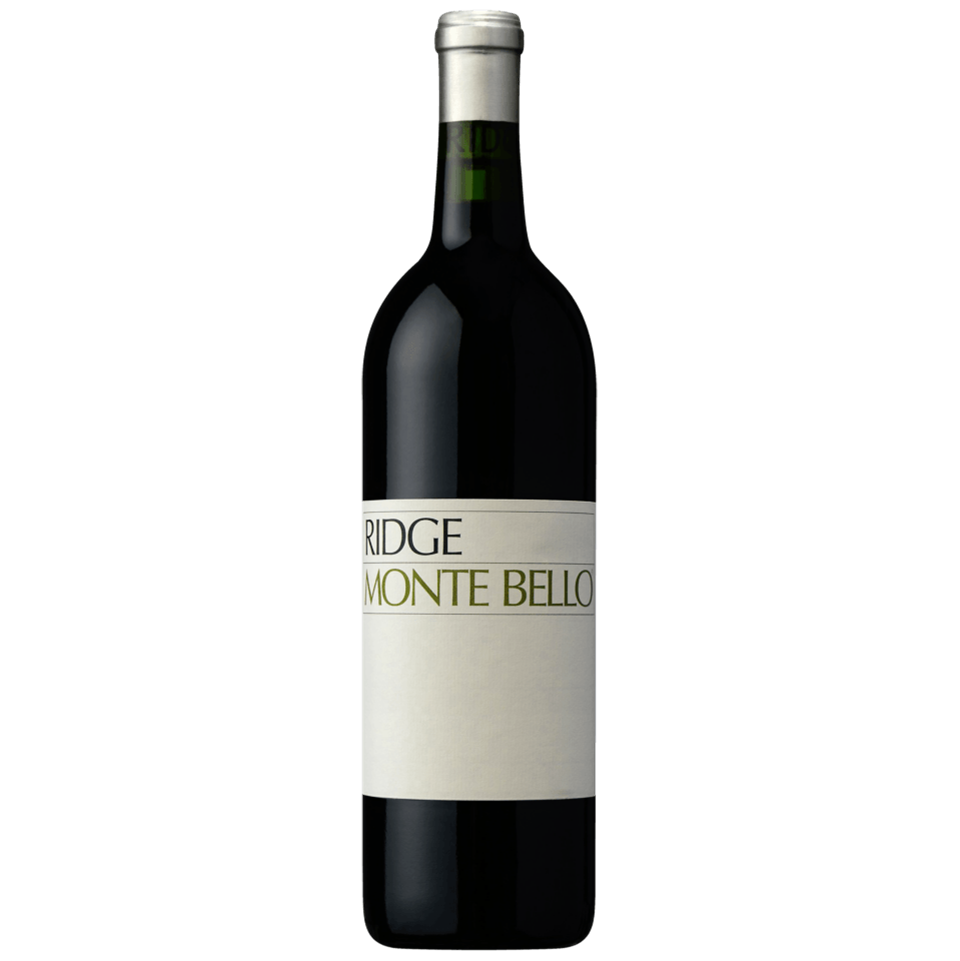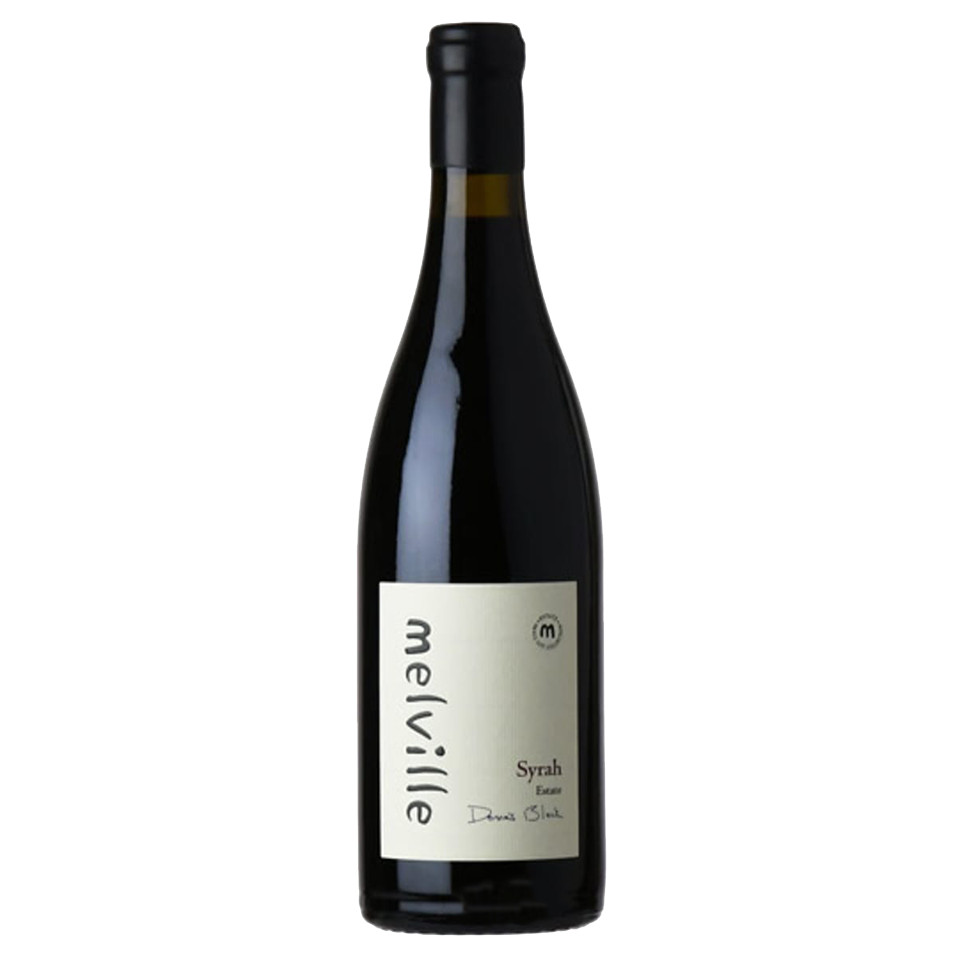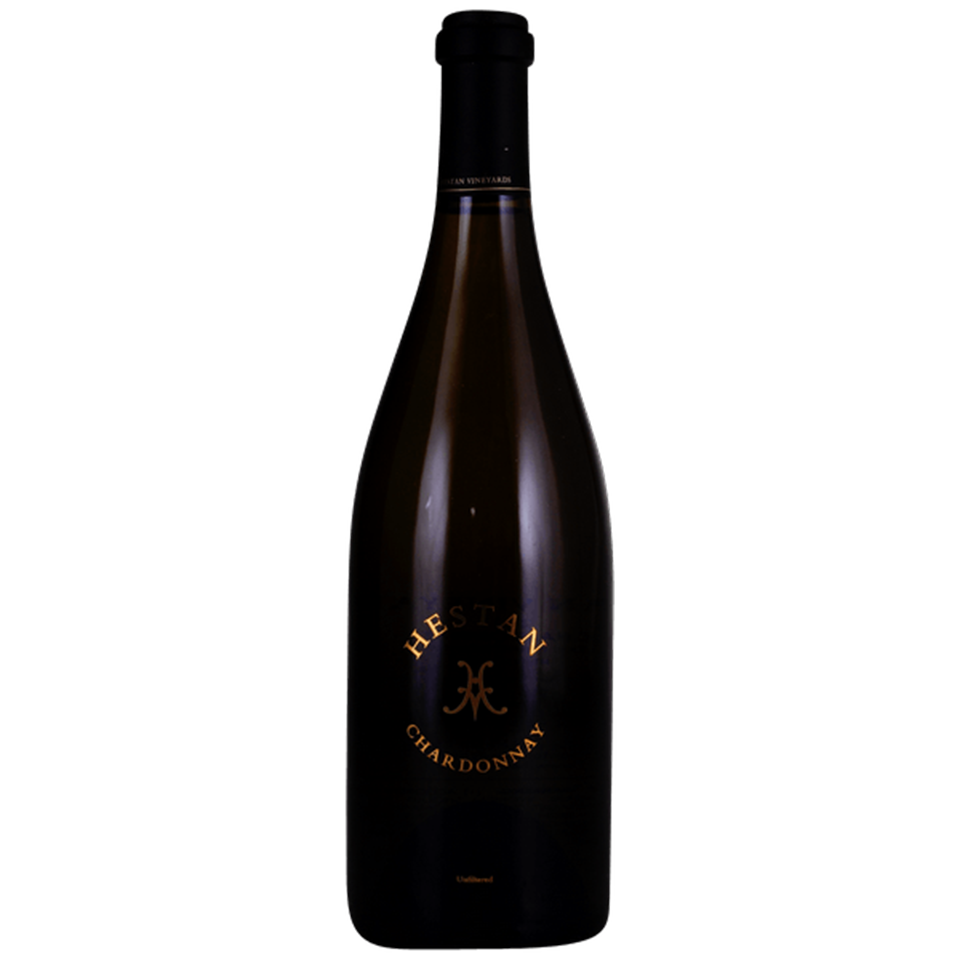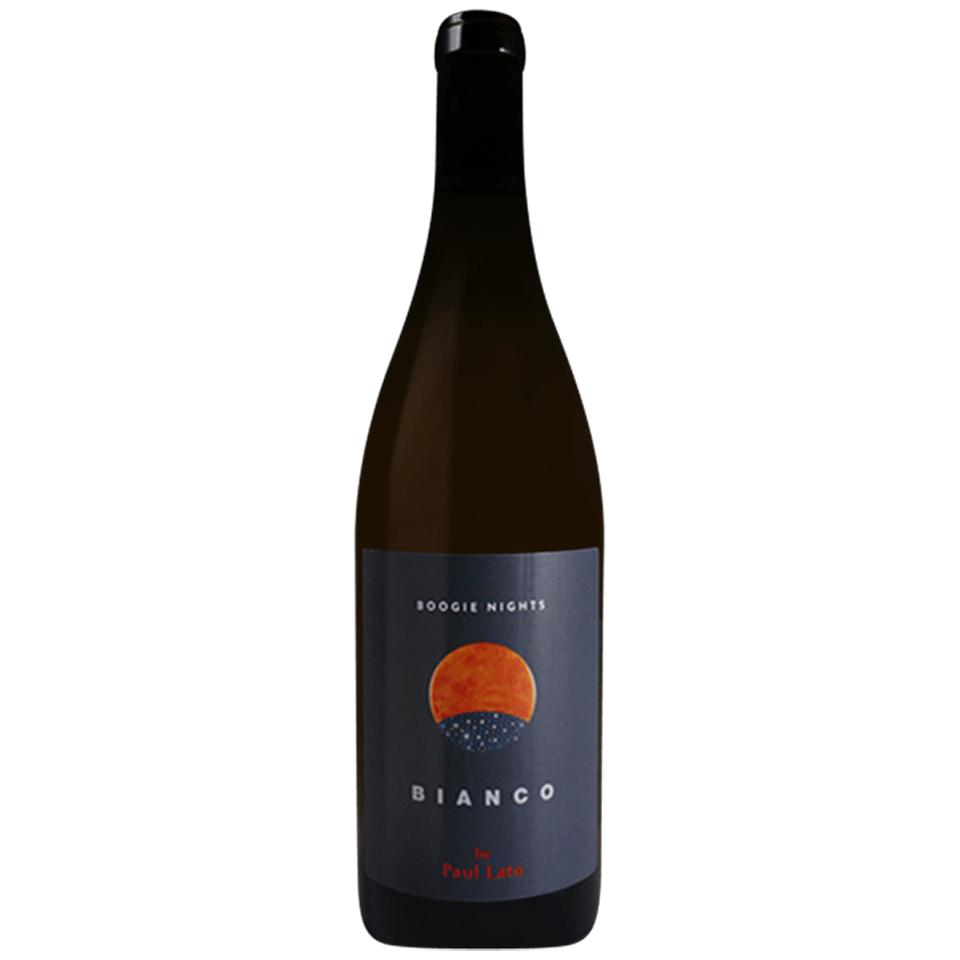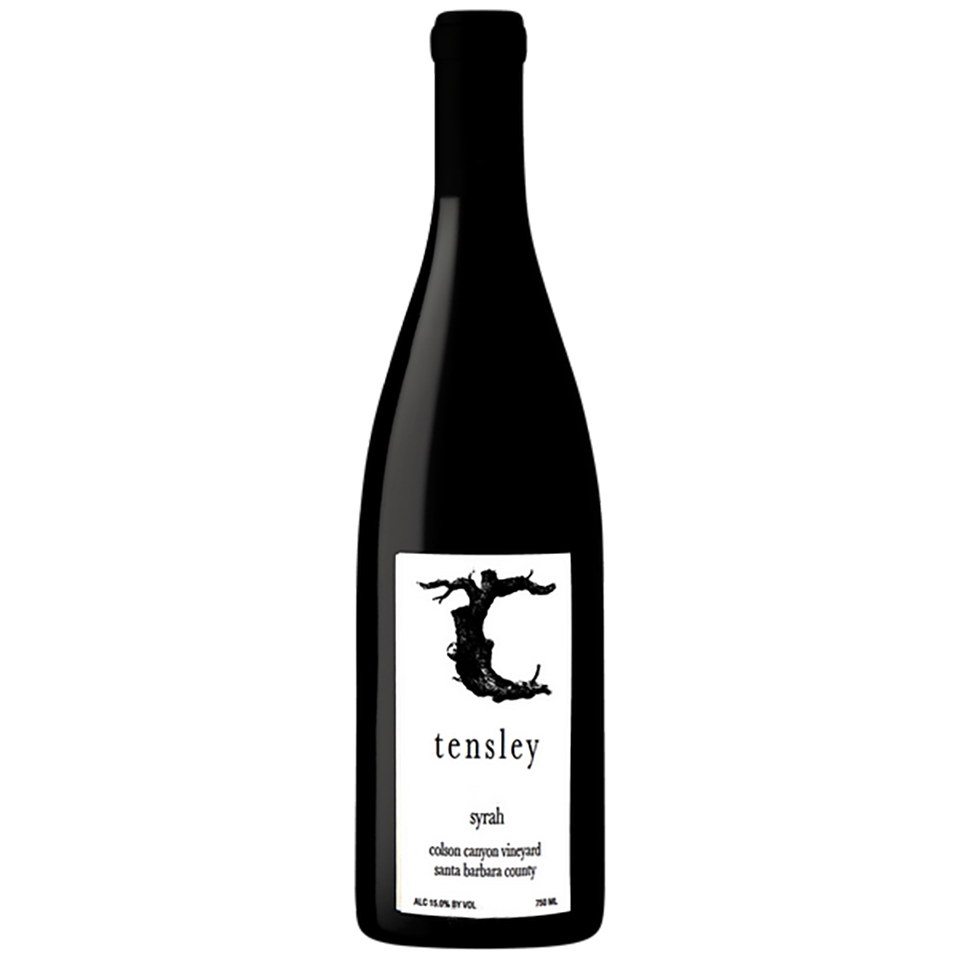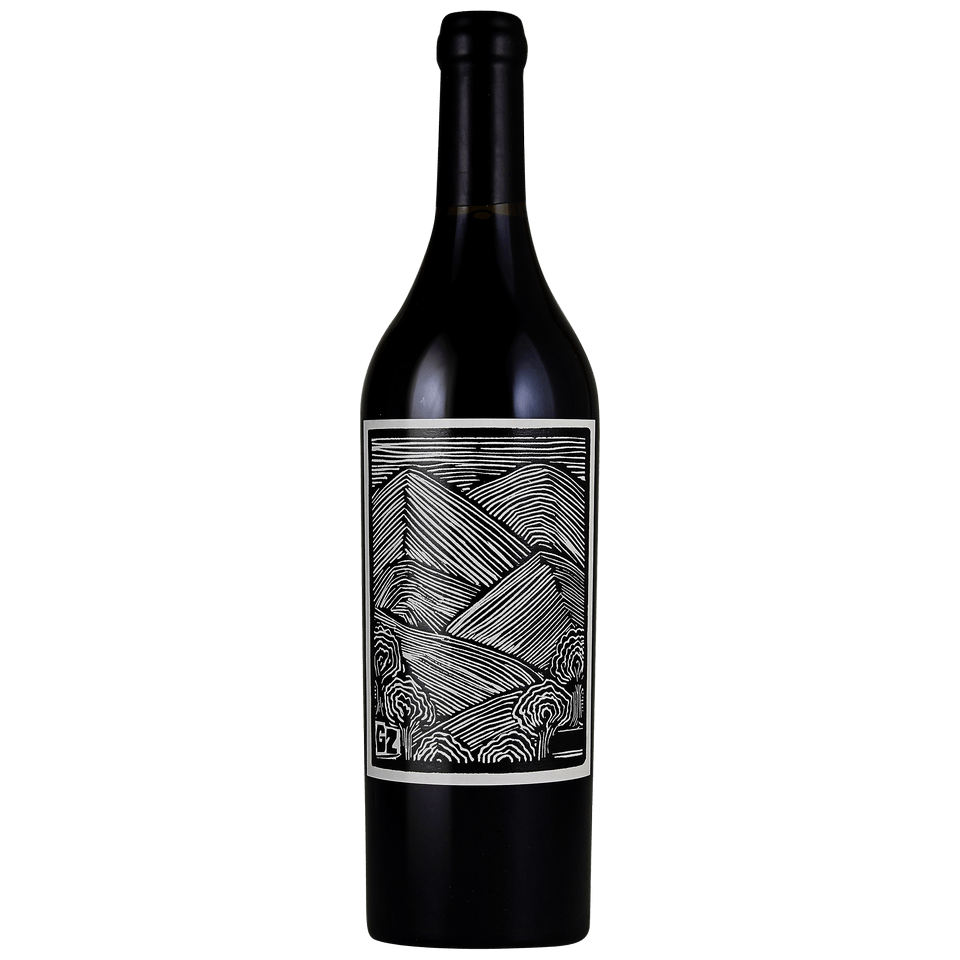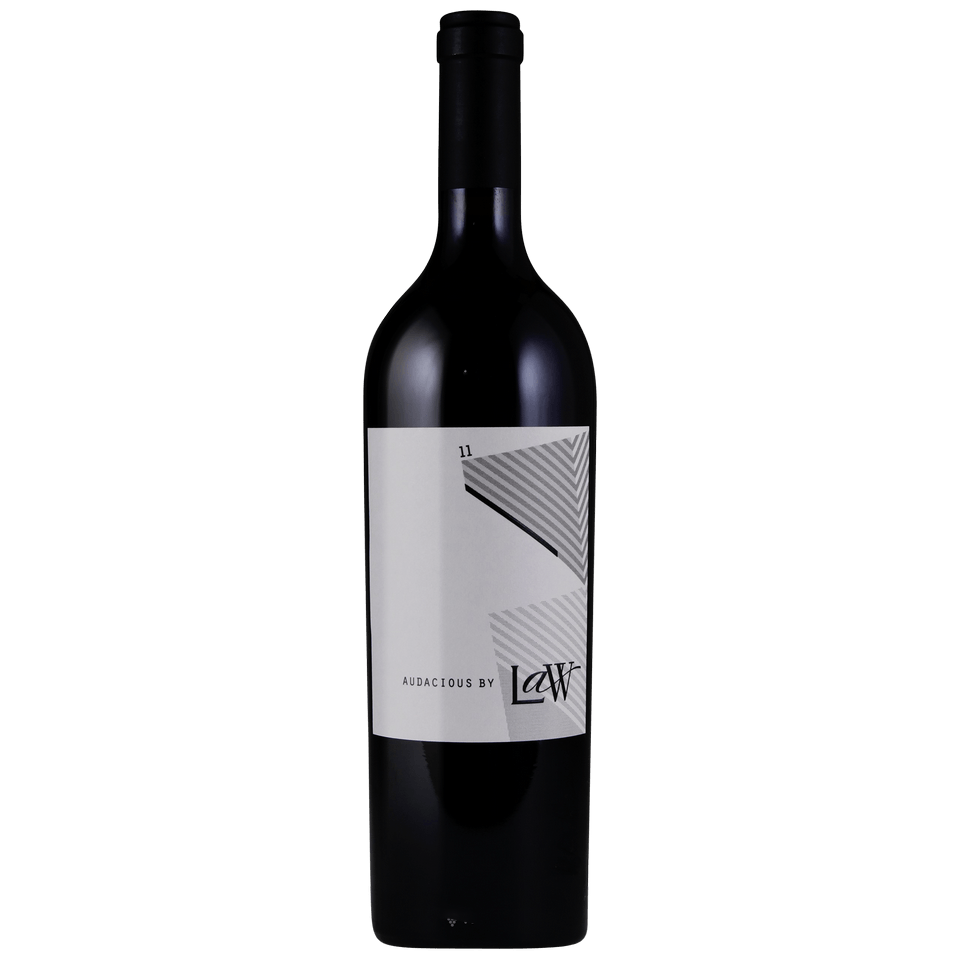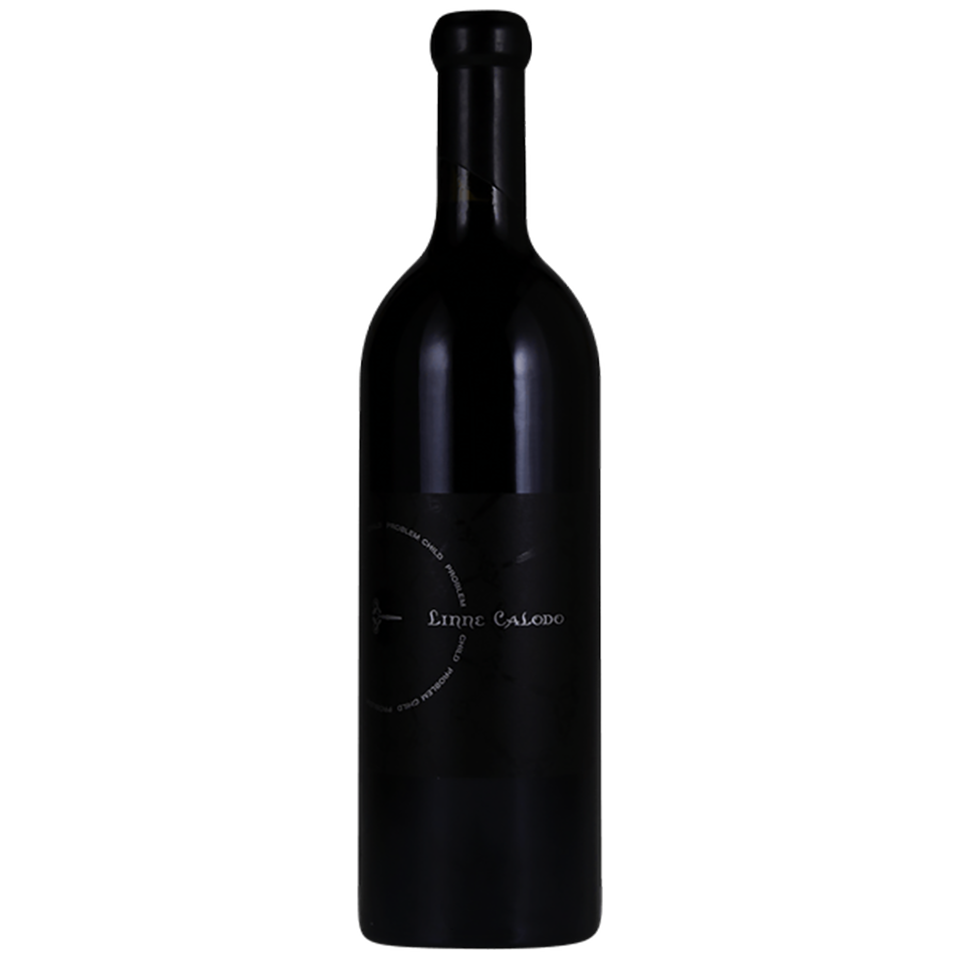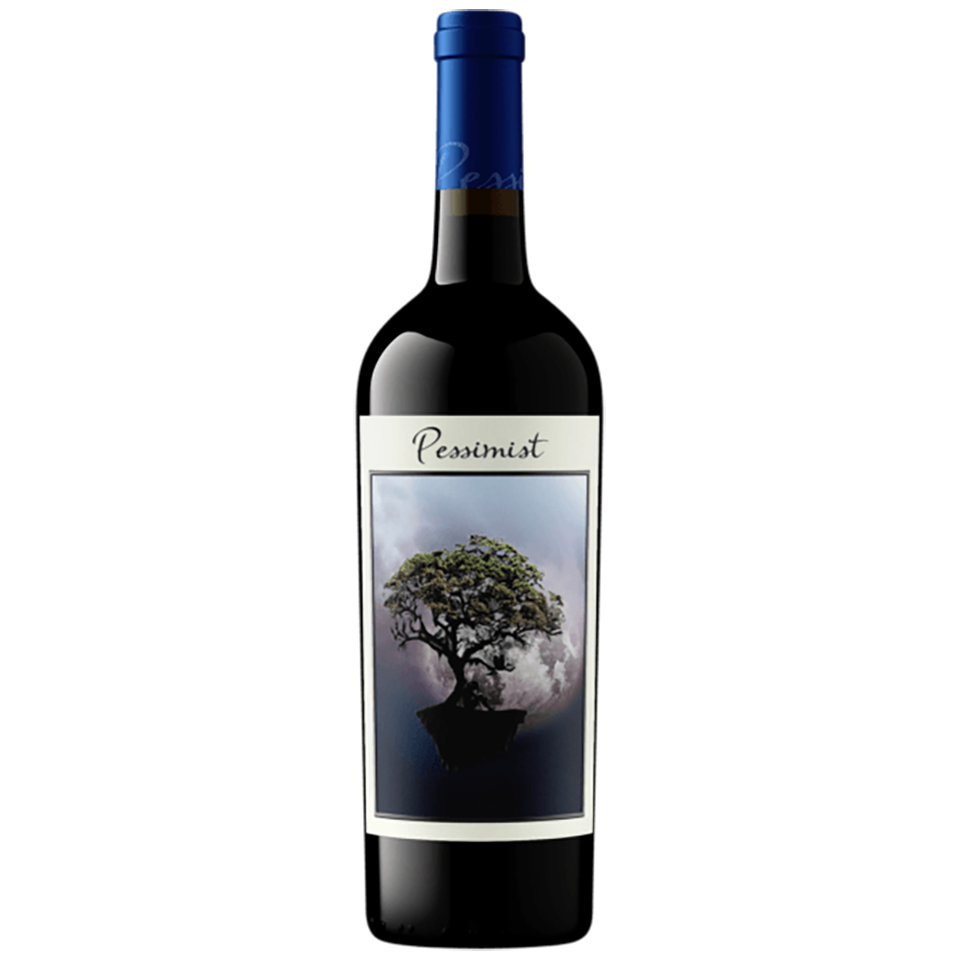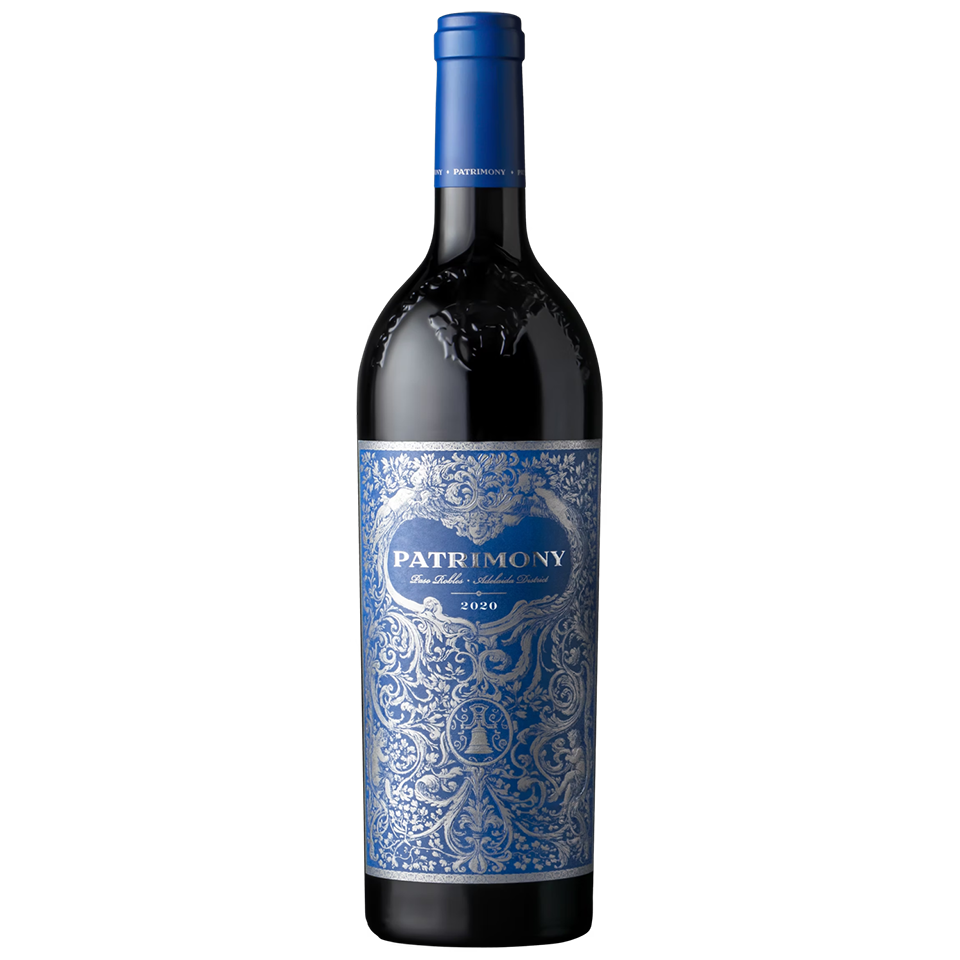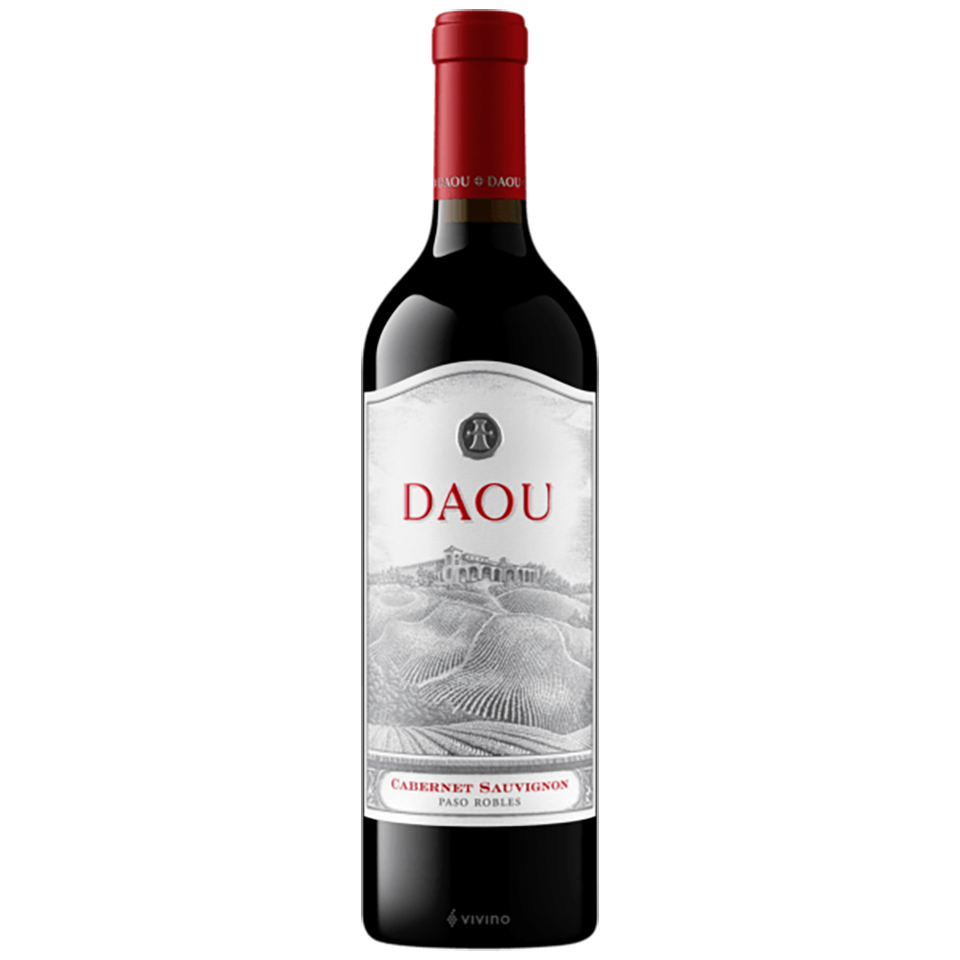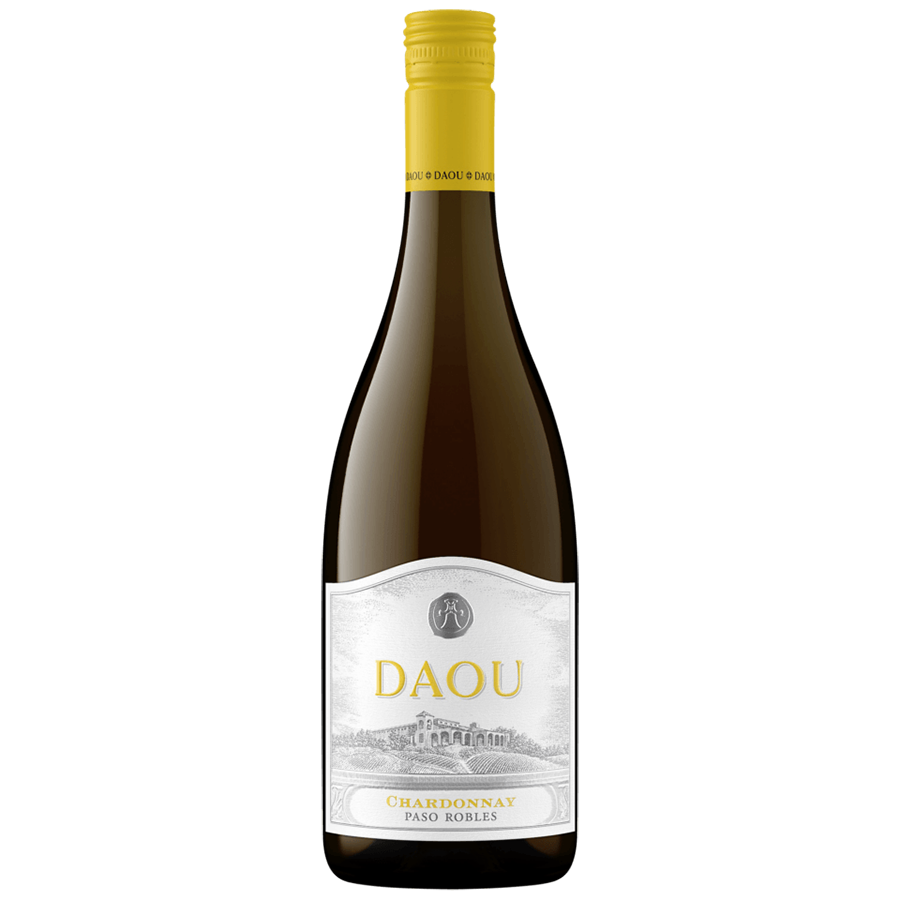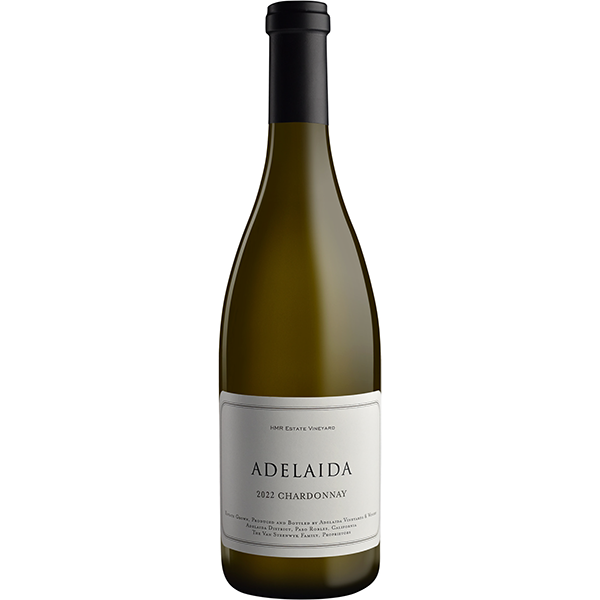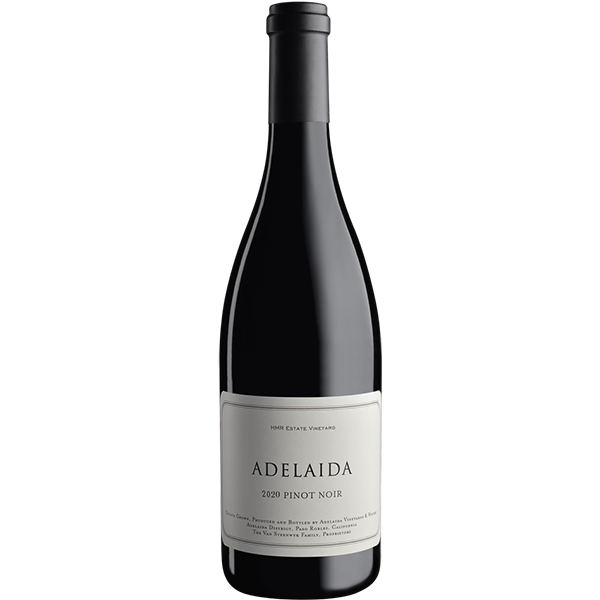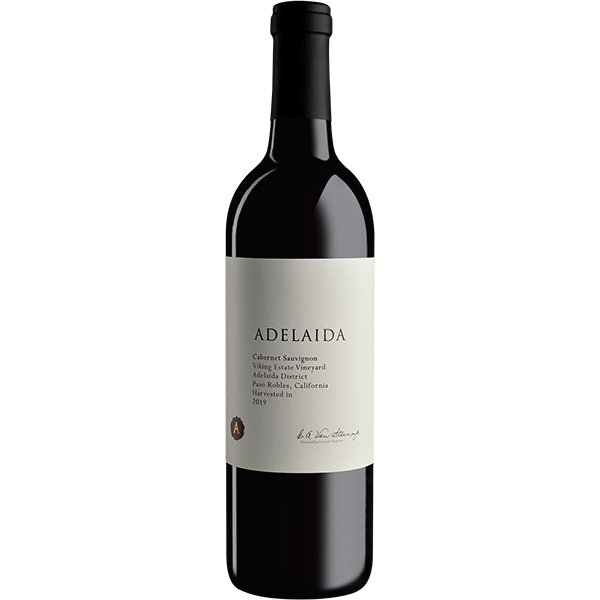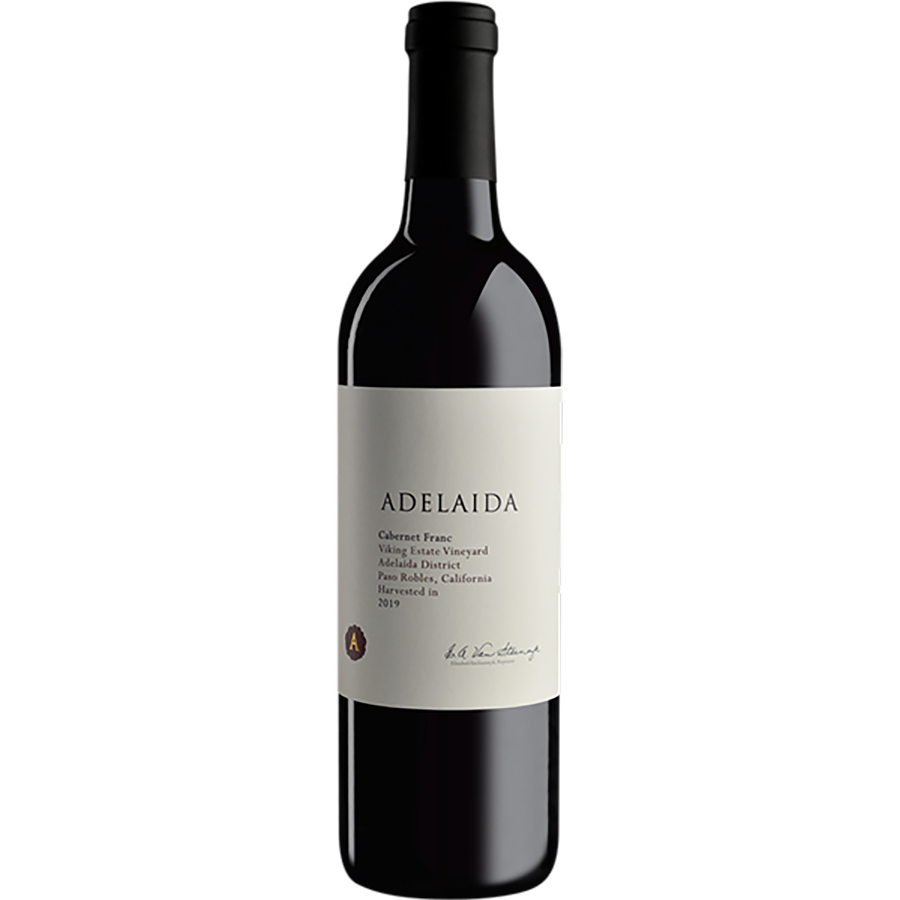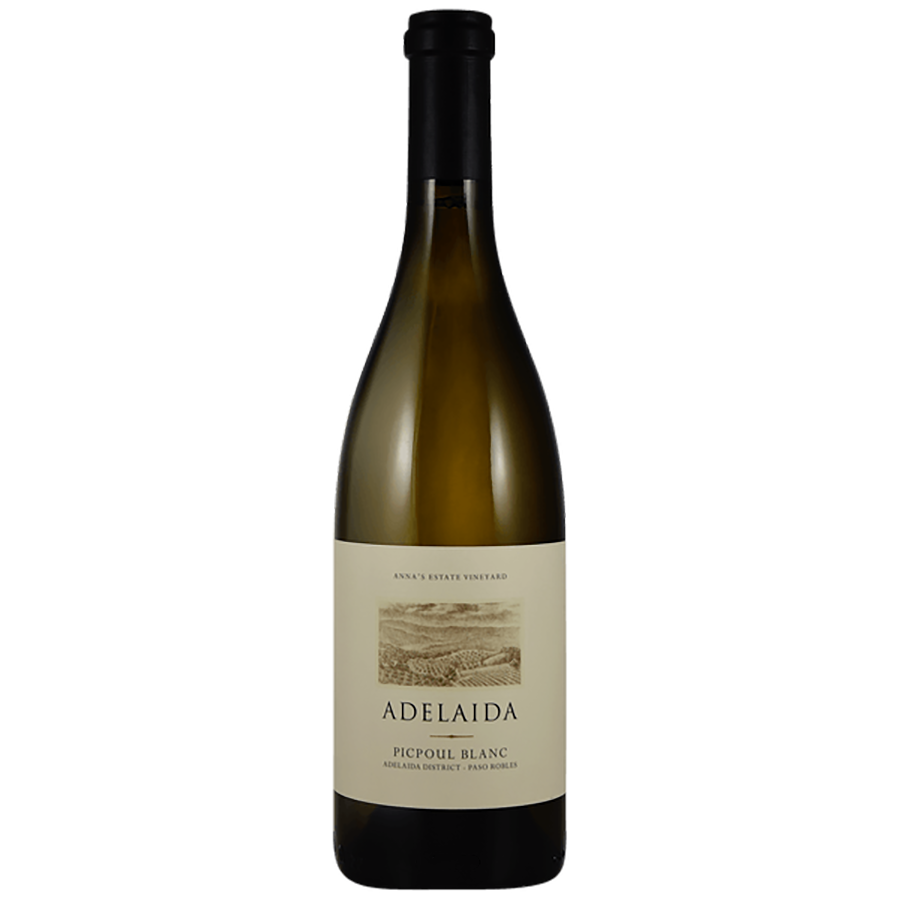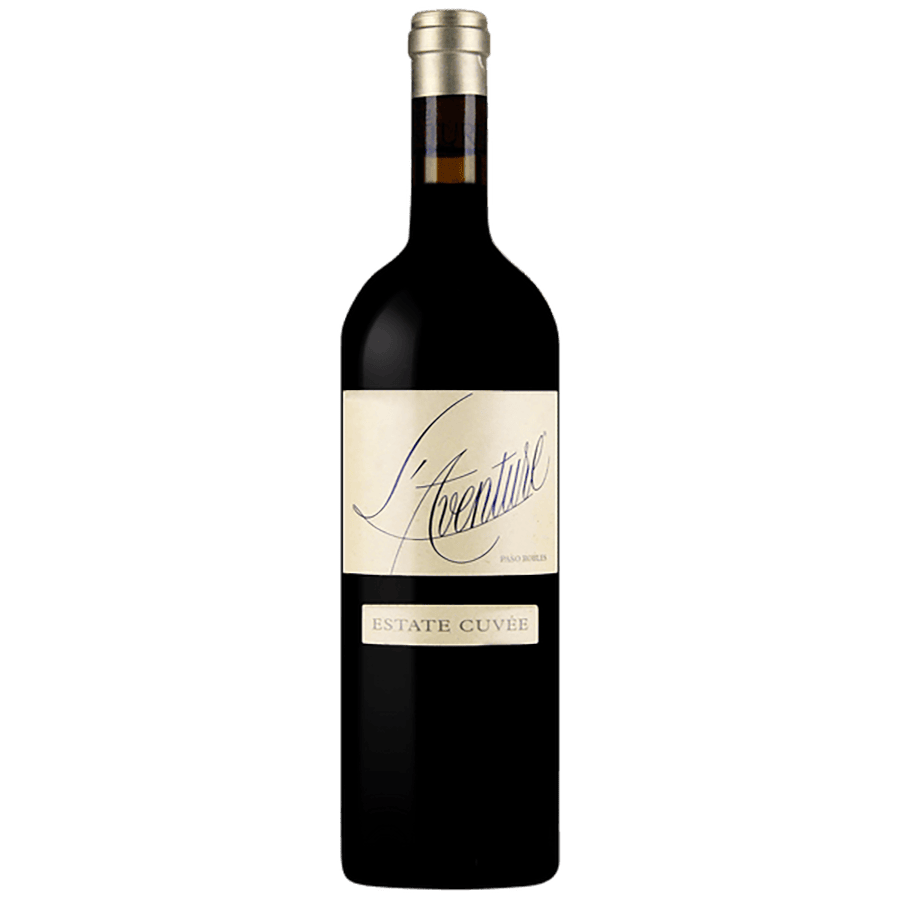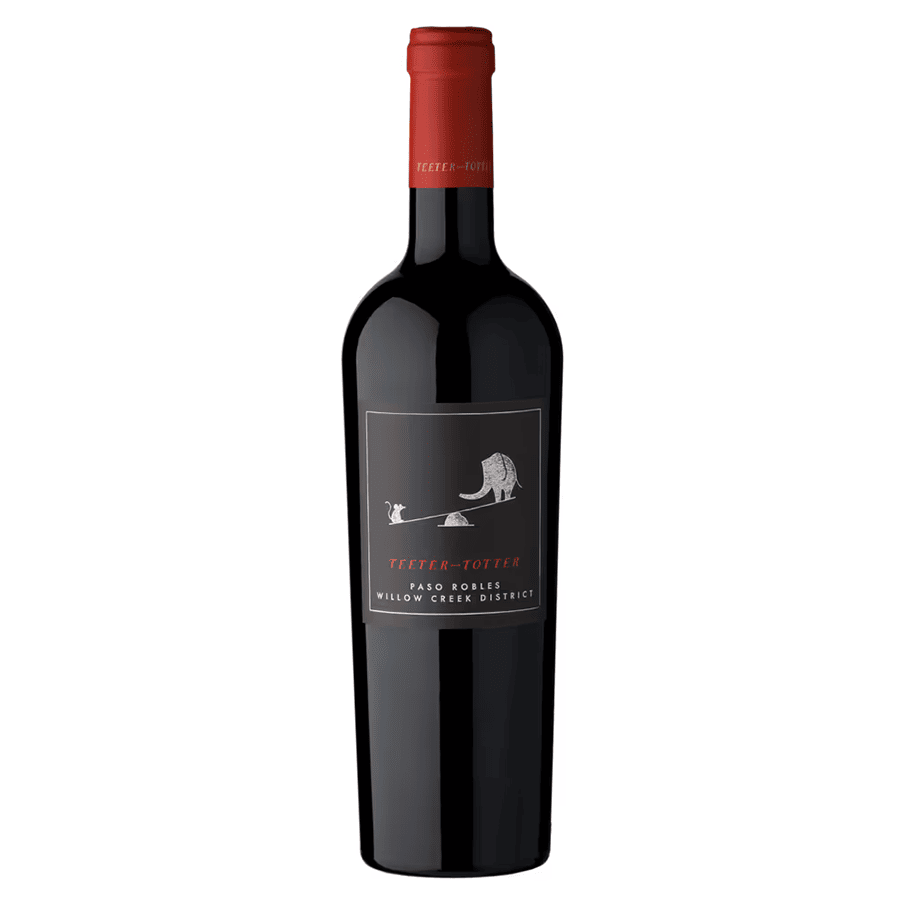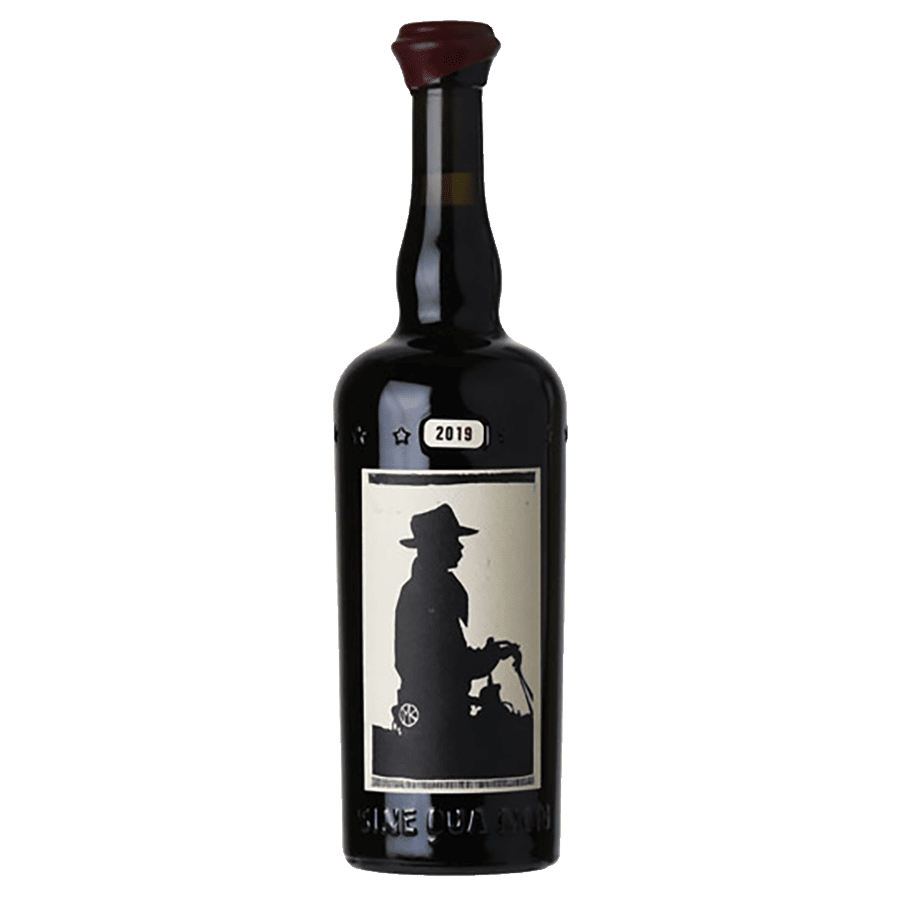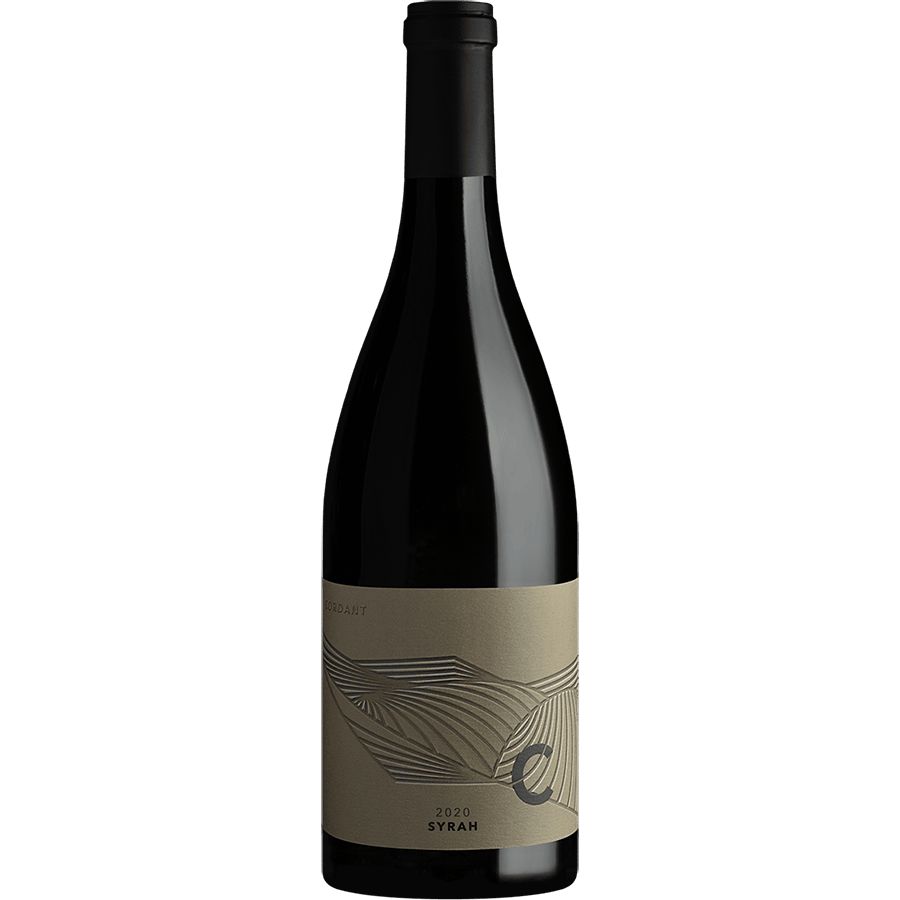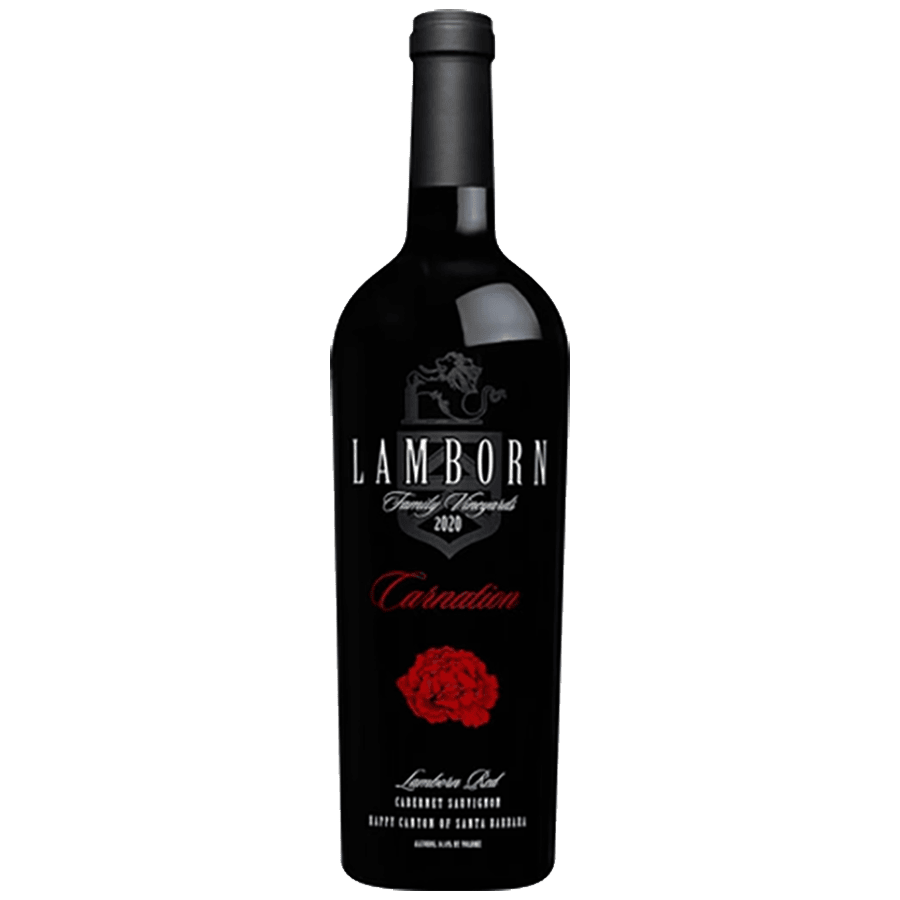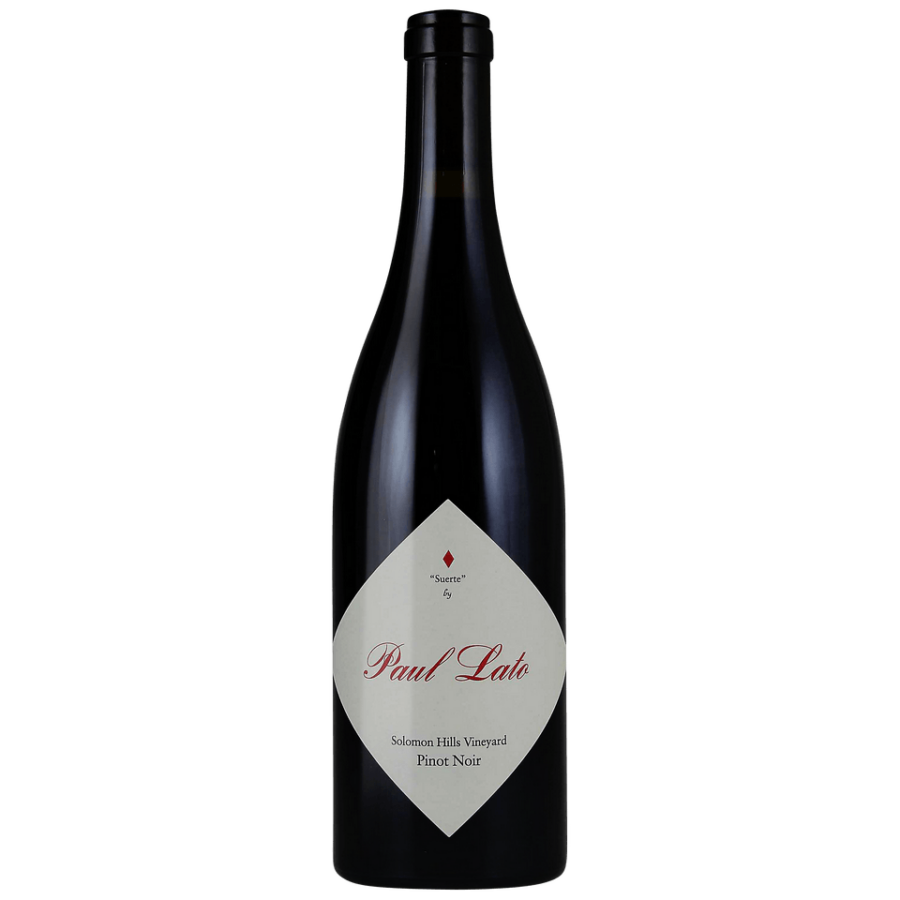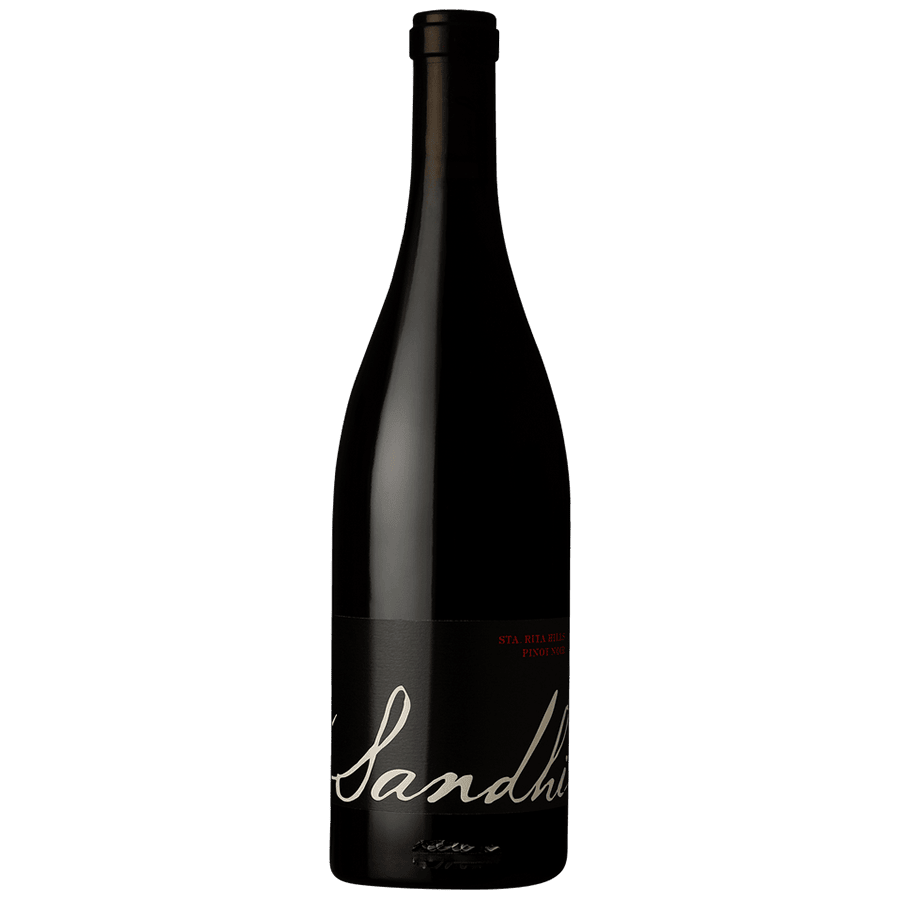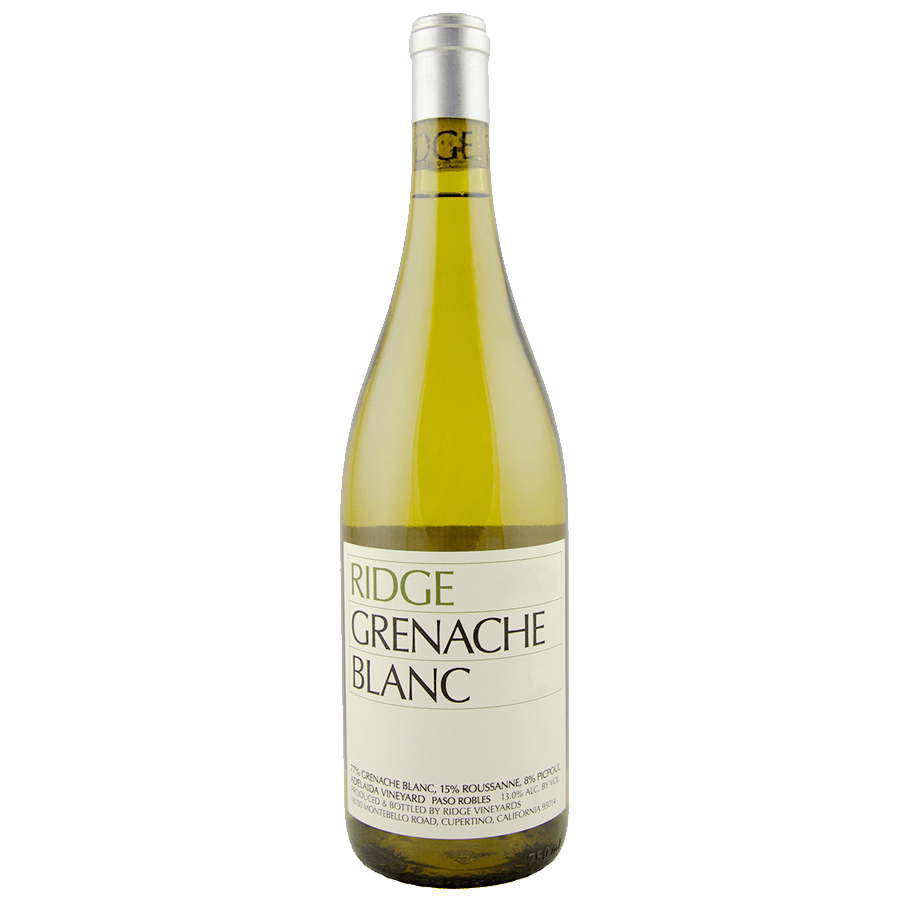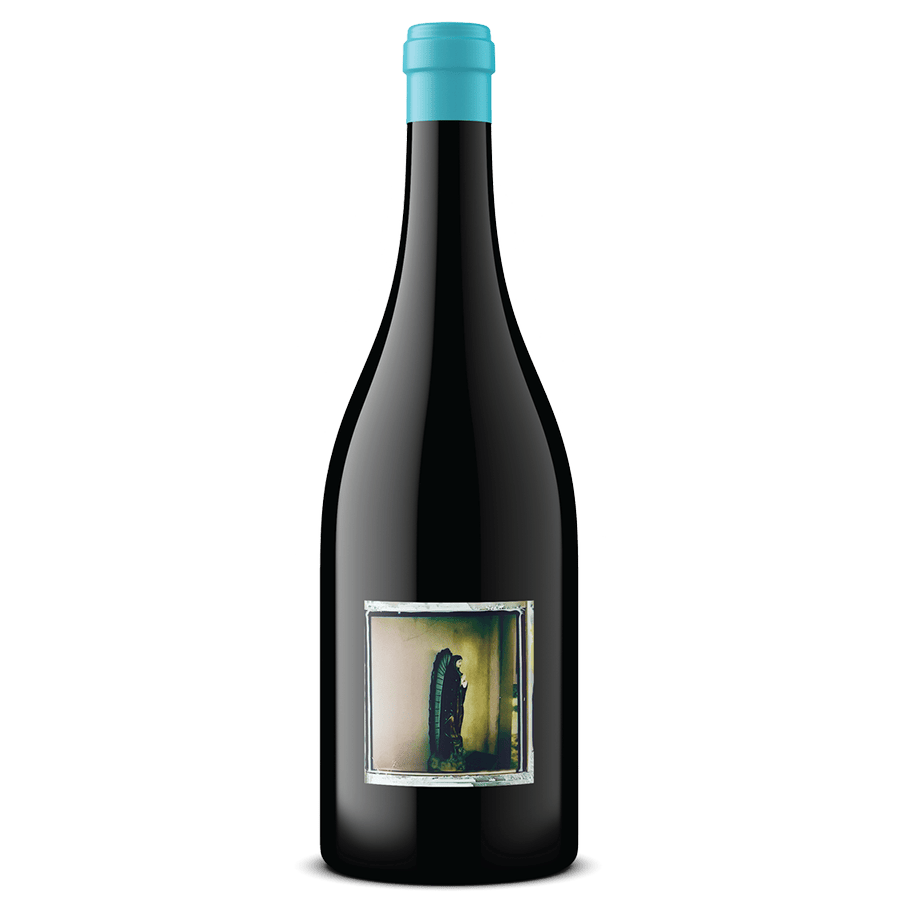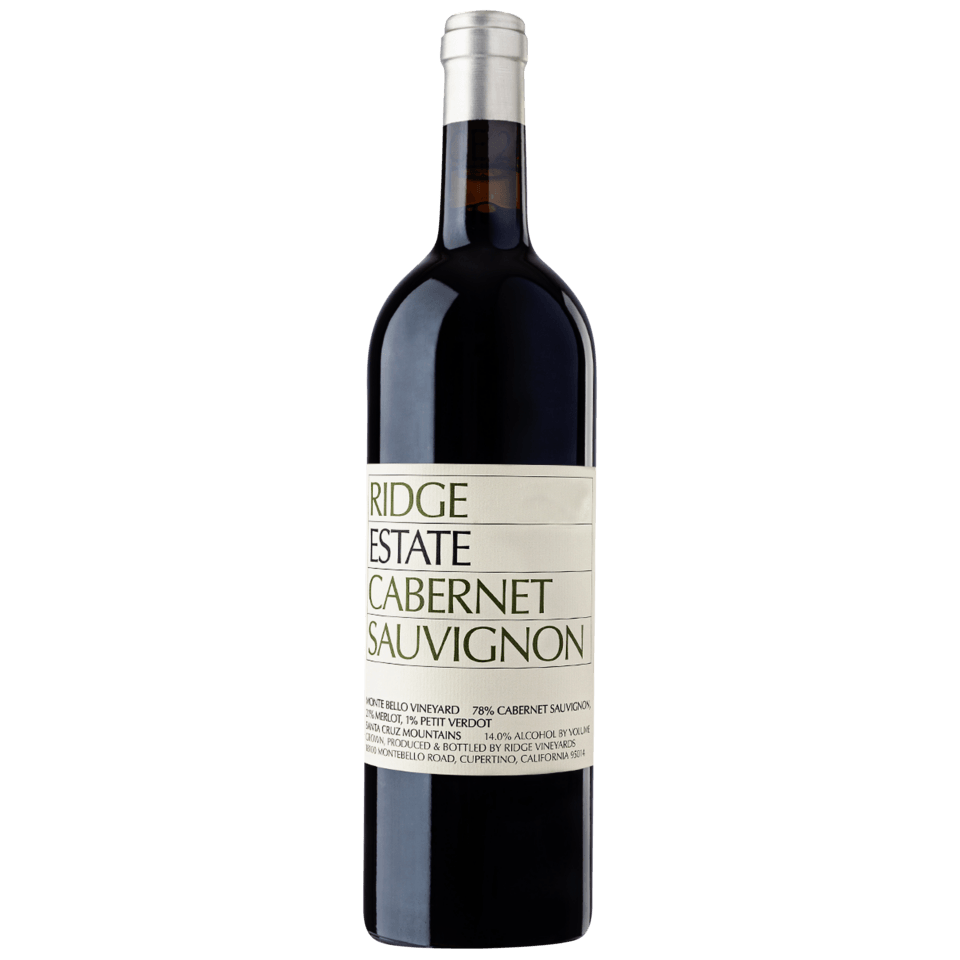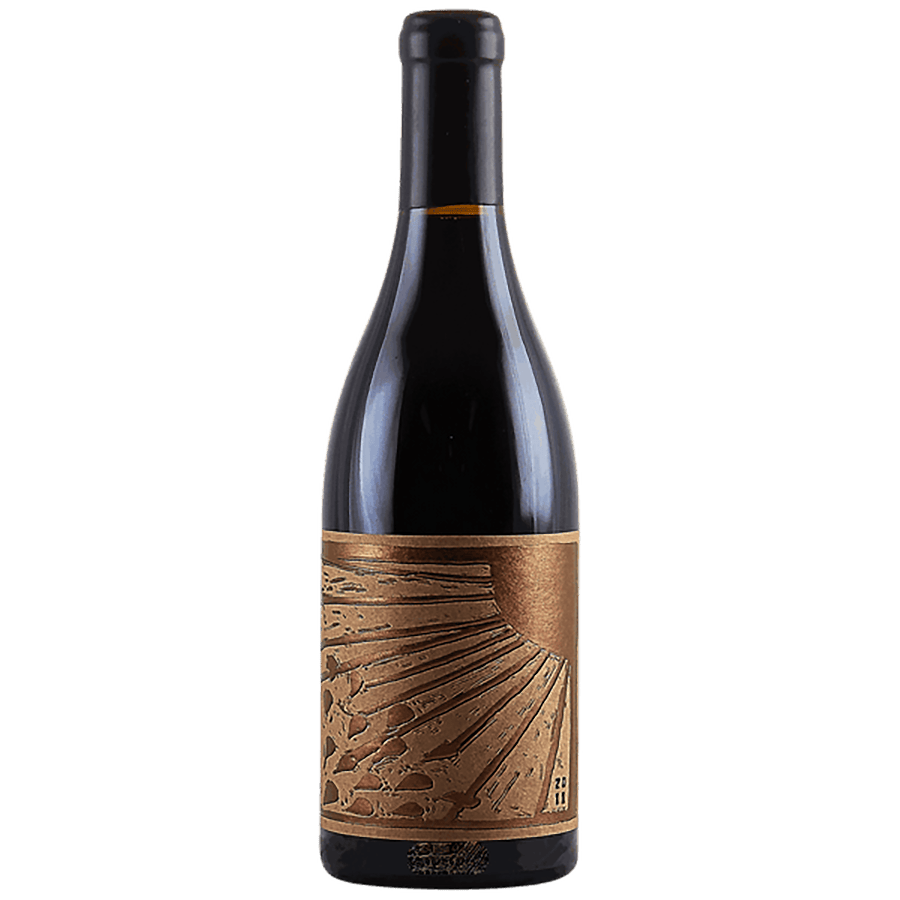The Central Coast wine region, a name synonymous with excellence in the American wine landscape, carries a rich history and a diverse terroir that spans across a significant portion of California. Established on November 25, 1985, by the Bureau of Alcohol, Tobacco, and Firearms (ATF), the Central Coast AVA (American Viticultural Area) was recognized for its unique geographic and climatic conditions favorable for viticulture. This recognition followed a petition by Taylor California Cellars, emphasizing the region’s distinctiveness and potential for producing high-quality wines.
Location and Geography
Stretching from the San Francisco Bay Area down through Monterey, San Luis Obispo, and Santa Barbara Counties, the Central Coast encompasses a vast area along California’s picturesque Pacific coastline. This expanse offers a varied landscape for vineyards, from rolling hills to sun-drenched valleys, influenced by the cooling effects of the Pacific Ocean. The AVA’s boundaries have been expanded twice to include portions of six counties, underscoring the area’s growth and importance in the wine industry.
Soil Profile and Climatic Conditions
The soil composition and climate of the Central Coast are as varied as its geography. The region benefits from a mix of sandy loams, limestone-based soils, and rocky terrains, providing a fertile ground for a range of grape varieties. The maritime climate, characterized by cool, foggy mornings and warm, sunny afternoons, is ideal for slow and even ripening of grapes. This unique combination of soil and climate conditions allows vineyards to produce grapes with a balance of acidity and sweetness, contributing to the distinctive taste profiles of Central Coast wines.
Grape Varieties
Central Coast is renowned for its diversity in grape cultivation, with approximately 100,000 acres dedicated to vineyards. Chardonnay leads as the most planted grape variety, accounting for more than half of the region’s varietal cultivation. However, the region’s versatility is showcased through the wide array of other grape varieties grown here, including Pinot Noir, Syrah, and Merlot, along with lesser-known varietals that thrive in specific microclimates within the AVA. This diversity allows winemakers to experiment and innovate, producing a wide range of wine styles.
Taste Profiles
Wines from the Central Coast are celebrated for their complex flavor profiles, a testament to the region’s varied terroir. Chardonnays from this AVA are known for their rich, buttery flavors with hints of oak and tropical fruits, thanks to the cool, coastal climate that preserves the grape’s natural acidity. Pinot Noirs, on the other hand, tend to be delicate and aromatic, with notes of cherry, raspberry, and spice, reflecting the cooler growing conditions ideal for this variety. Syrahs and Merlots from warmer parts of the Central Coast exhibit bolder, more robust flavors, with rich berry and plum notes, complemented by smooth tannins.
The Central Coast wine region’s history, geographic diversity, and climatic advantages have positioned it as a pivotal area in California’s wine industry. The unique combination of soil types and microclimates across its vast expanse allows for the cultivation of a wide variety of grapes, contributing to the rich tapestry of wine styles that emanate from this region. From crisp, refreshing whites to complex, nuanced reds, the wines of the Central Coast continue to captivate wine enthusiasts and critics alike, promising a delightful exploration of flavors with each bottle.



